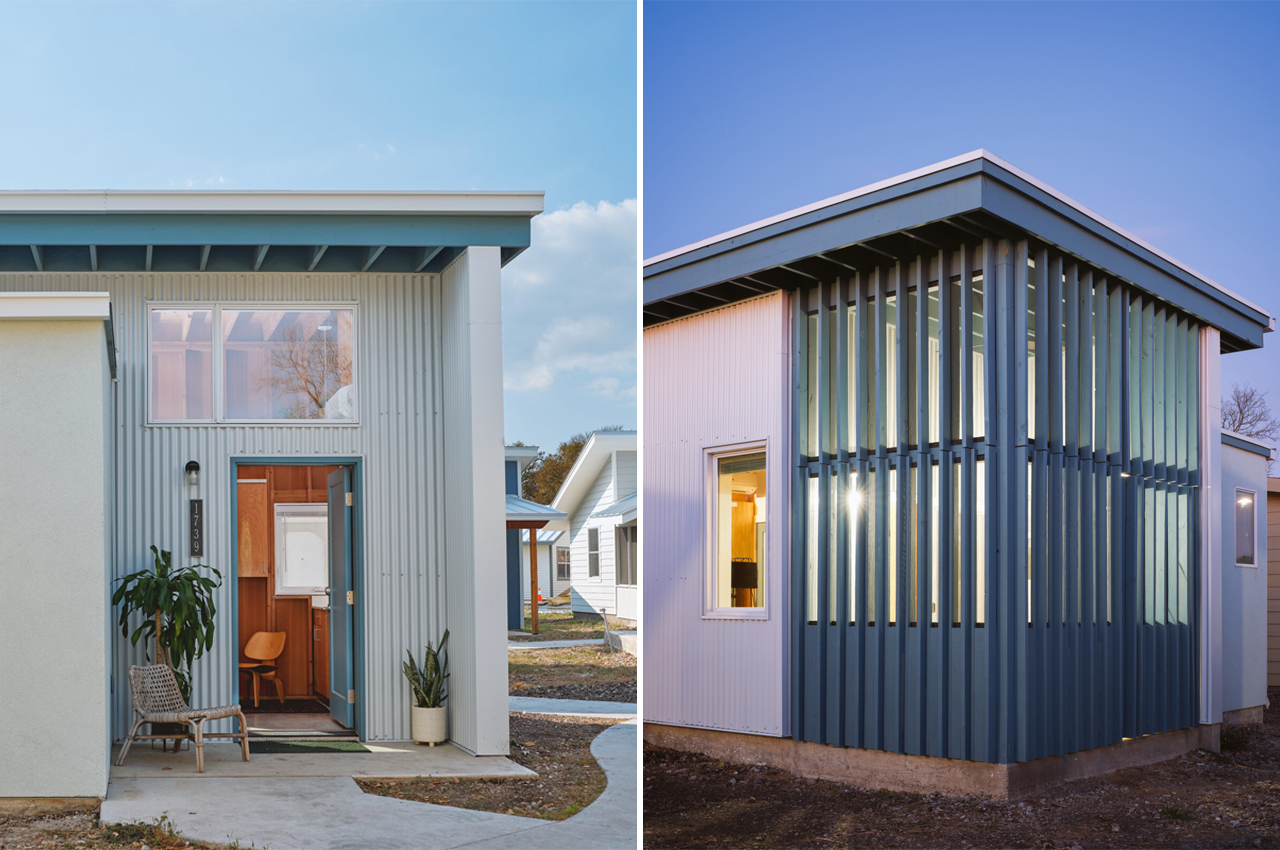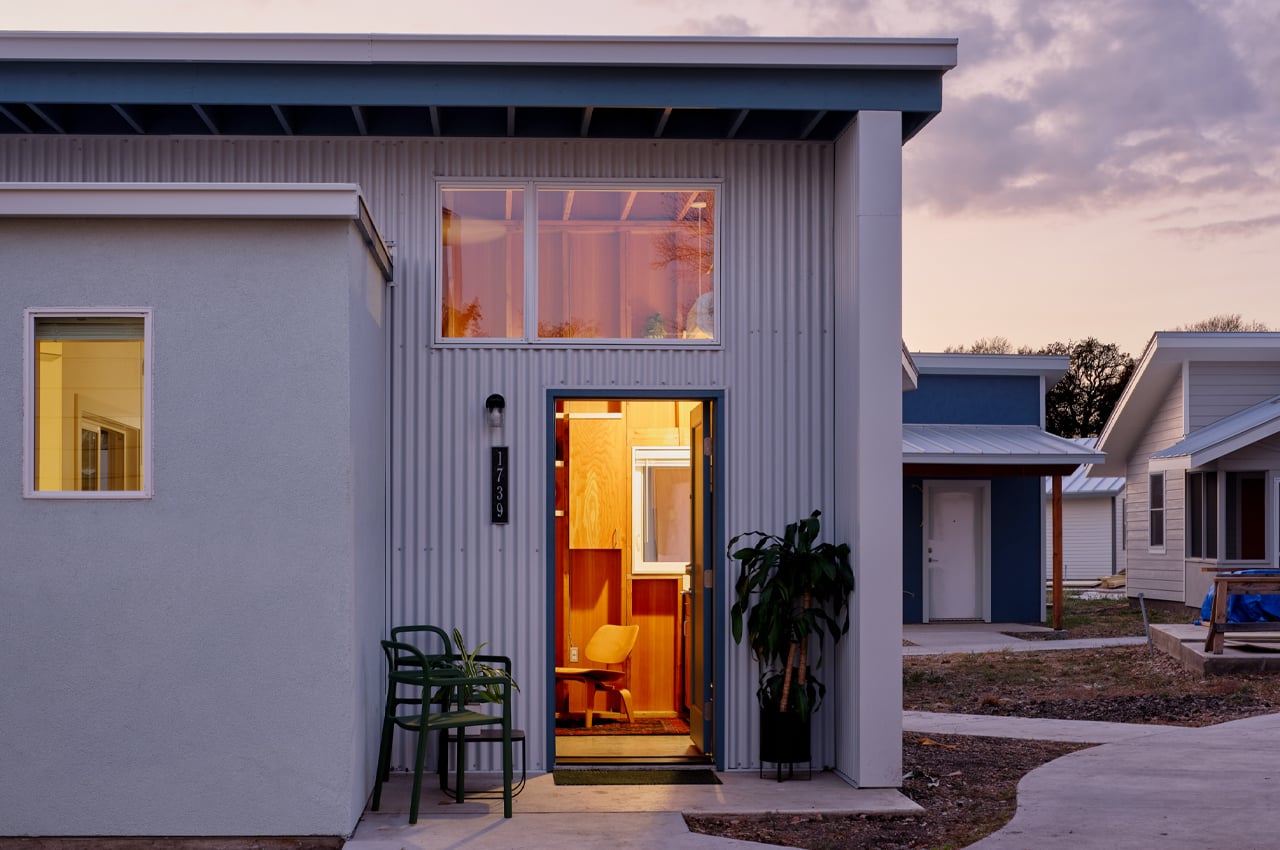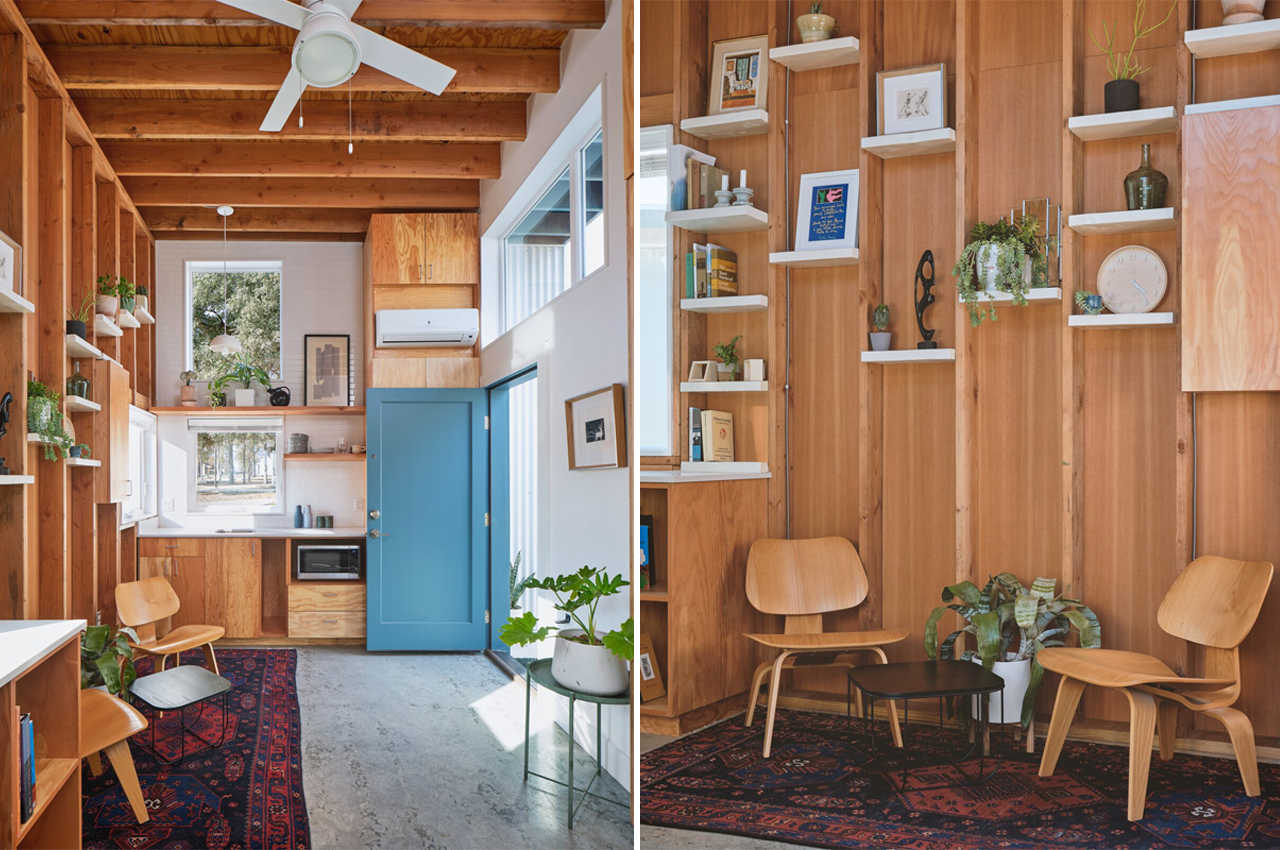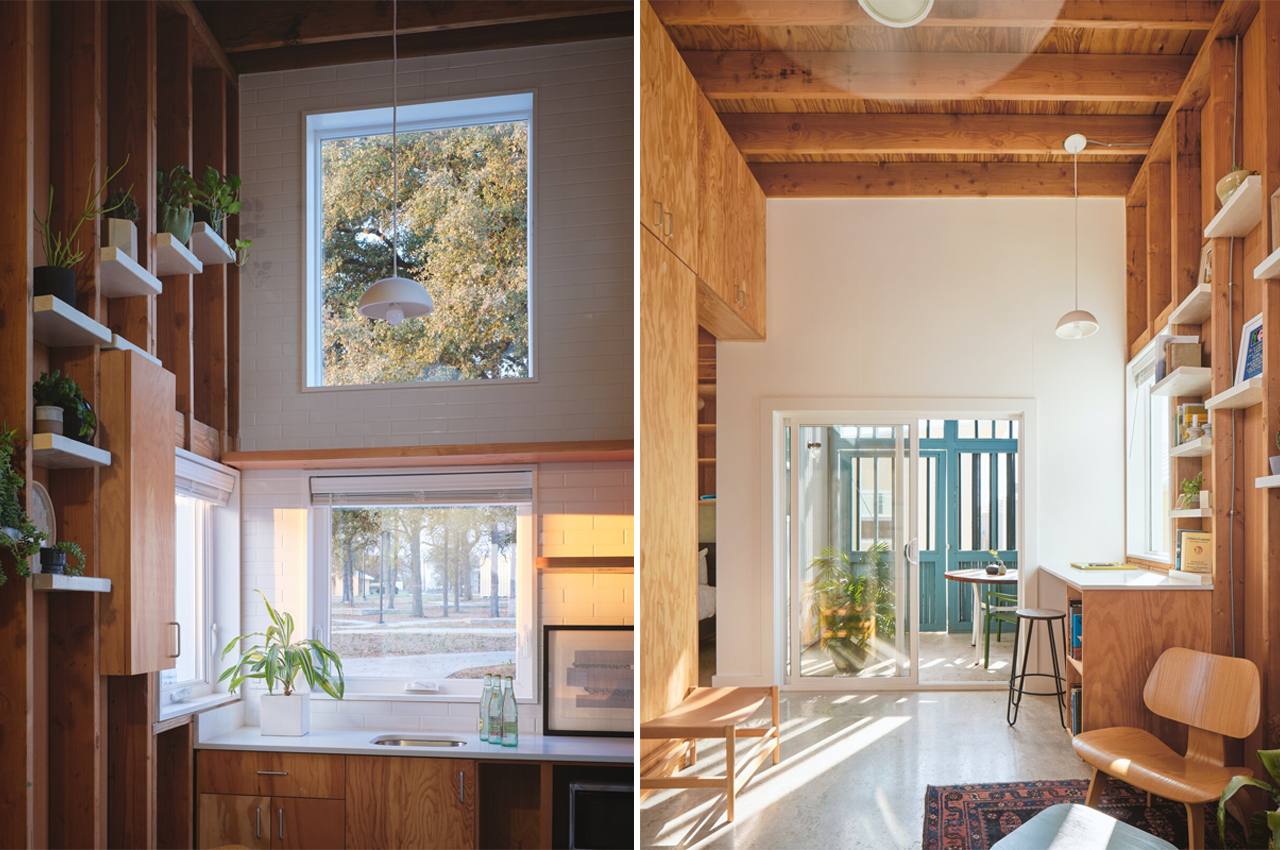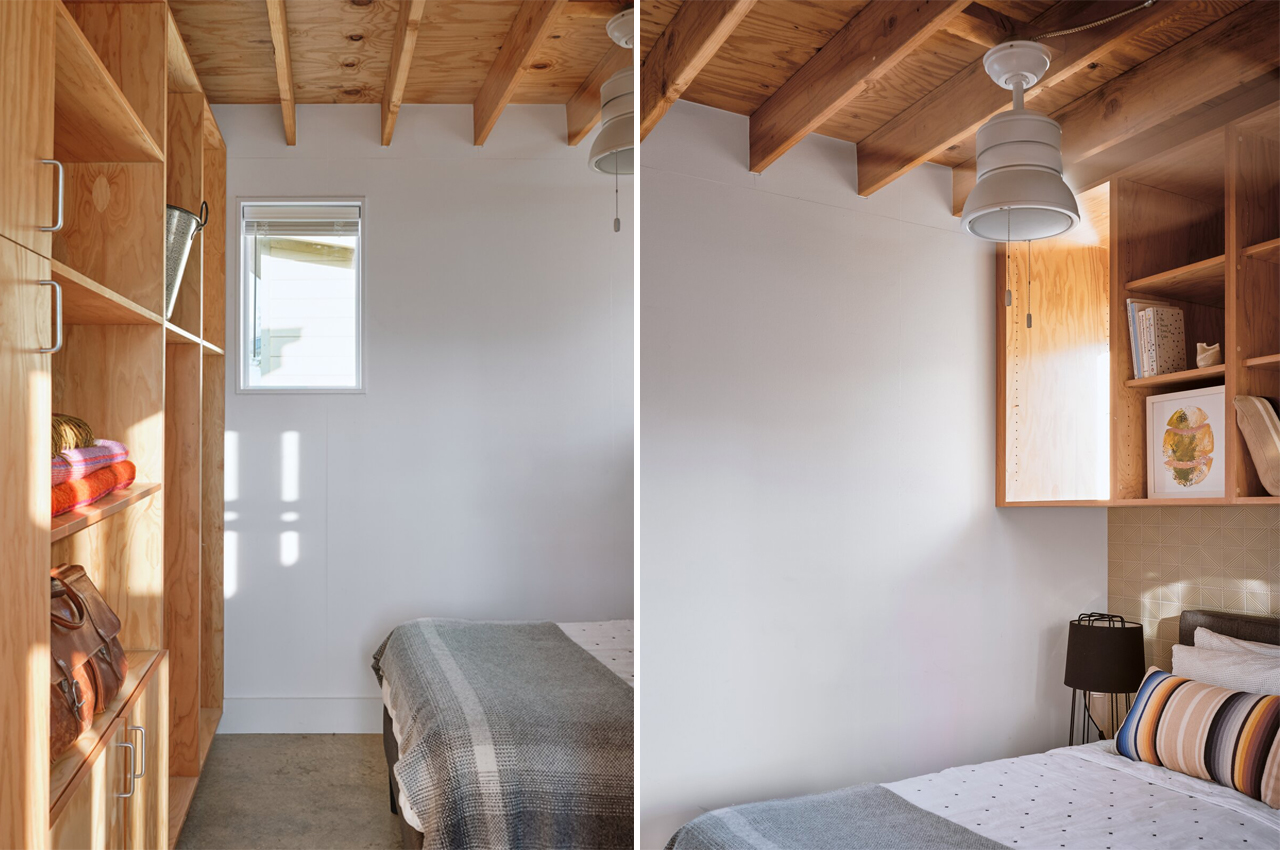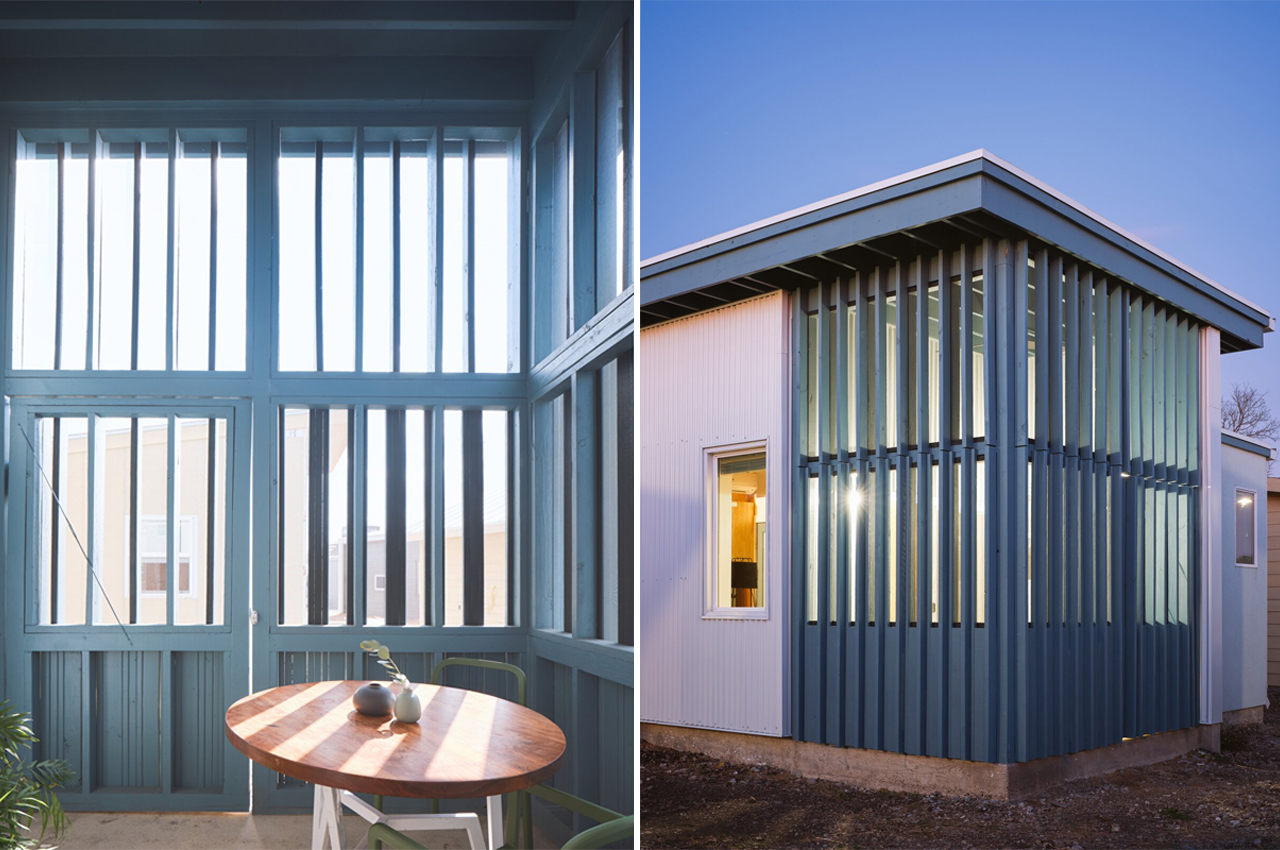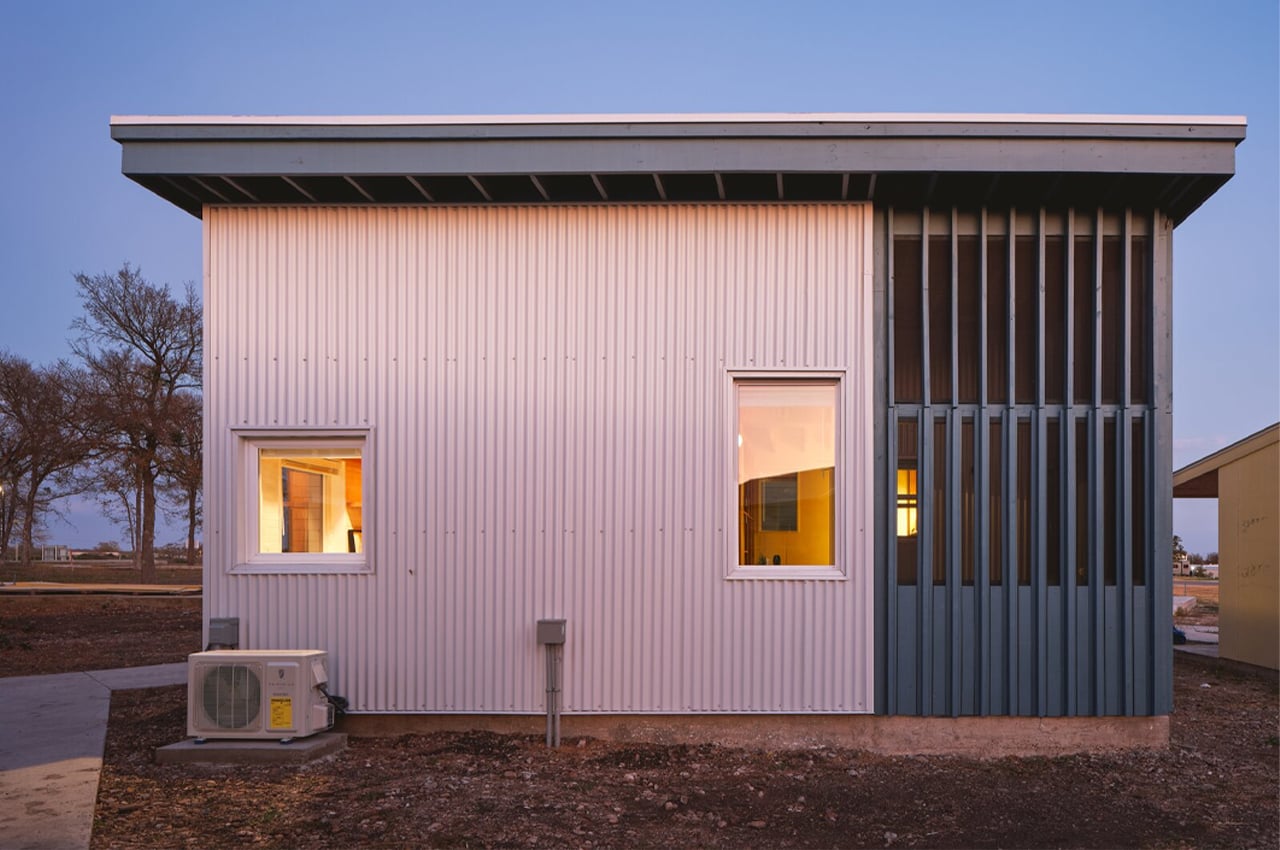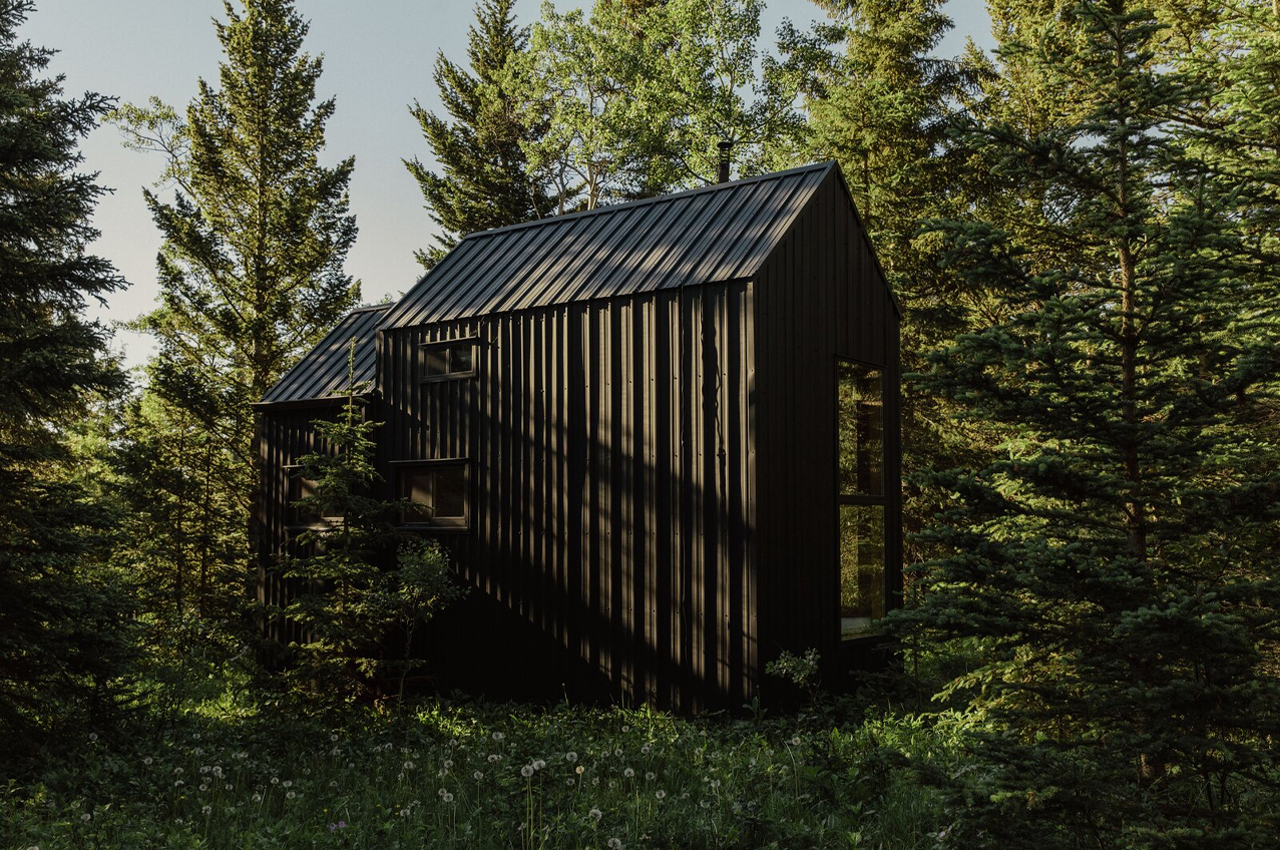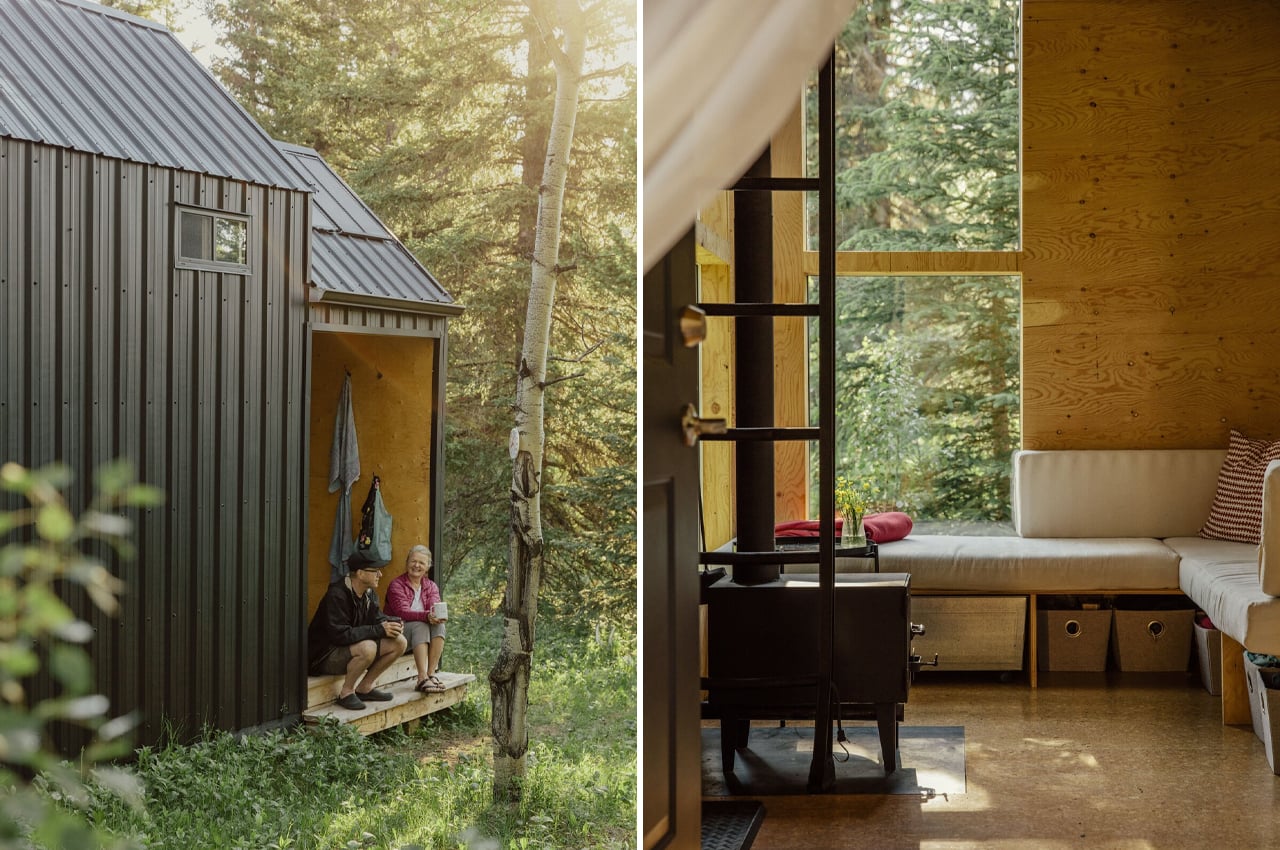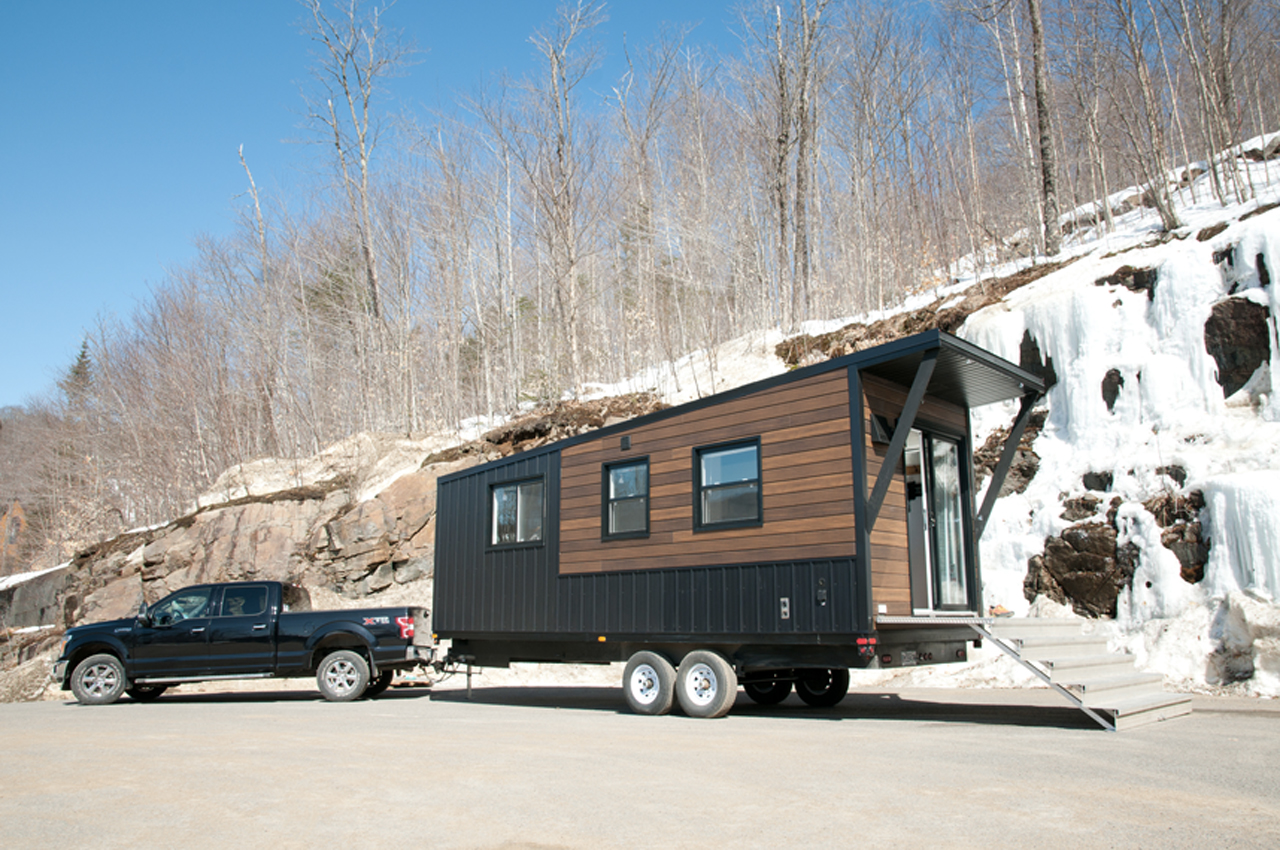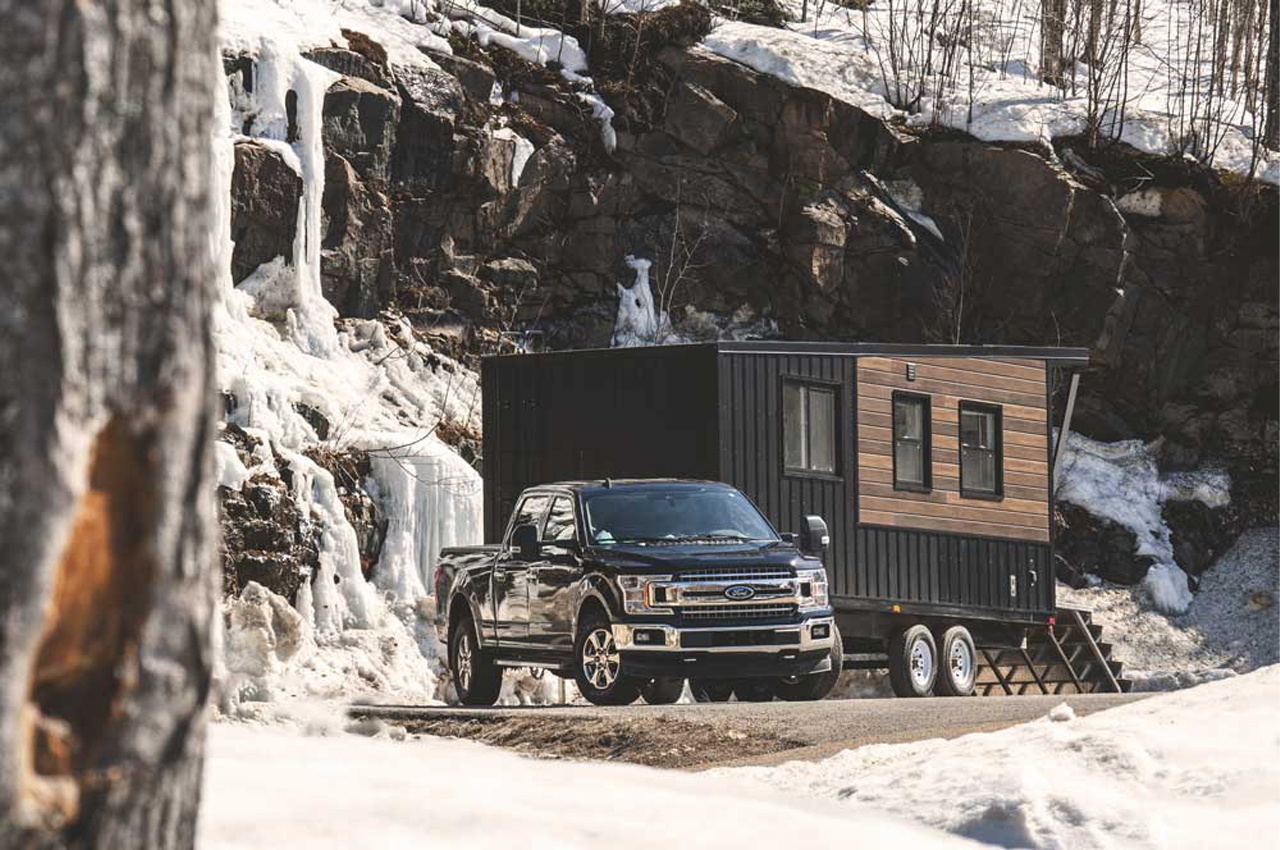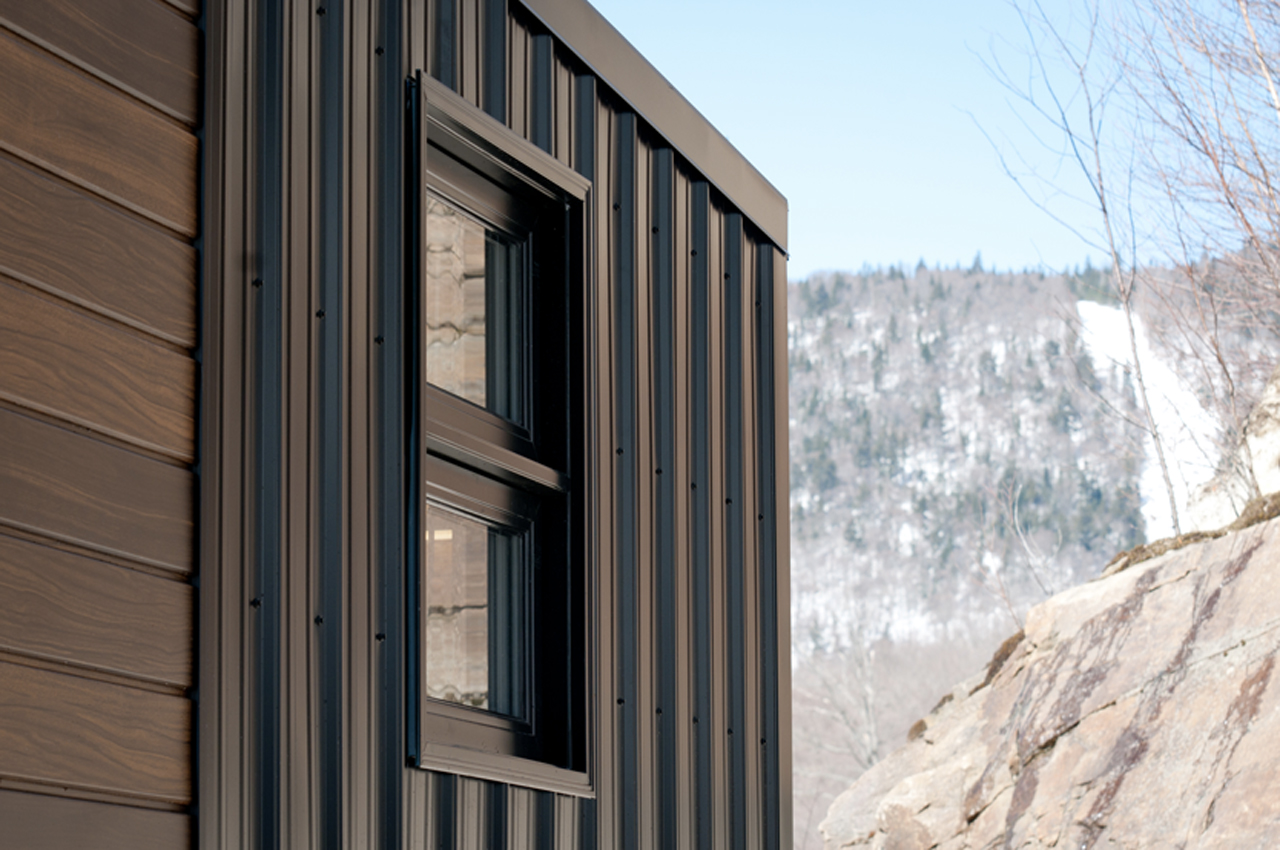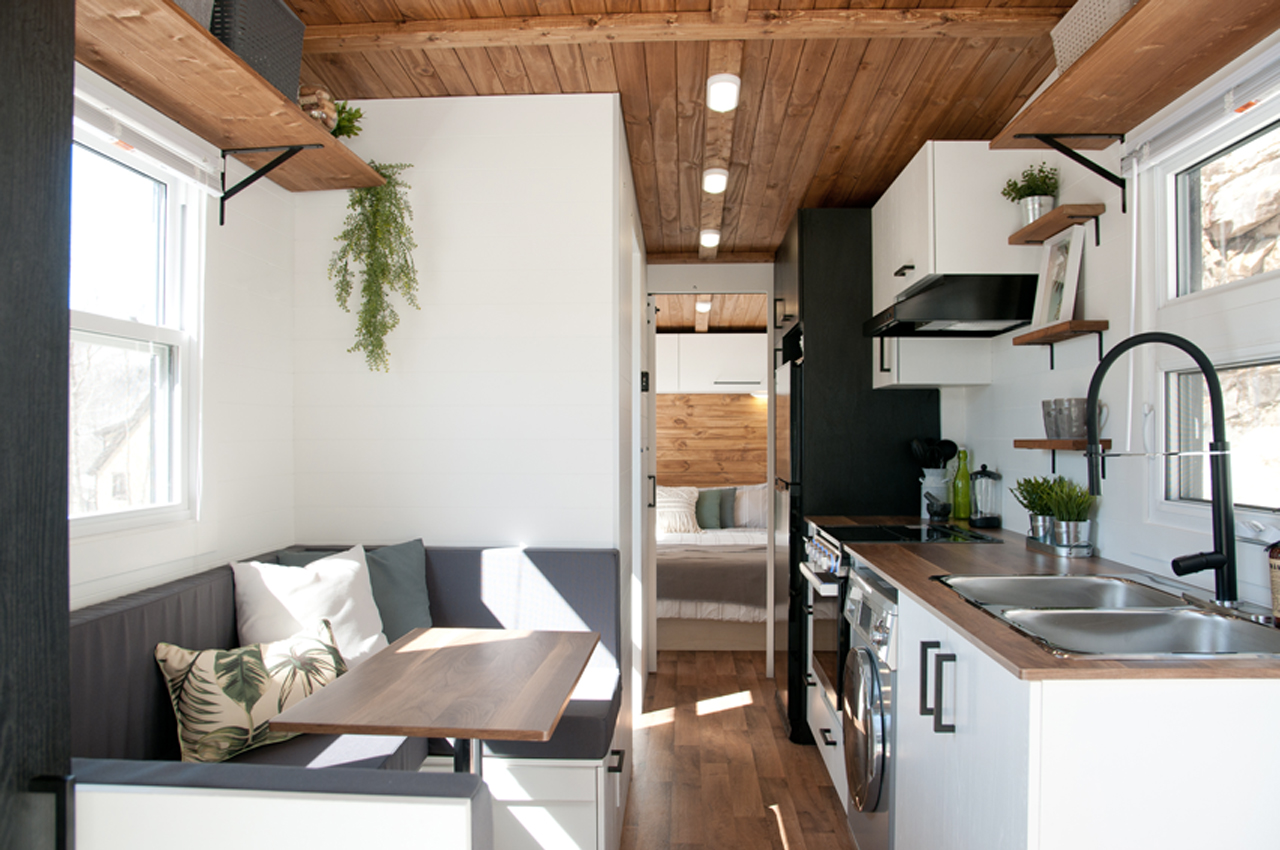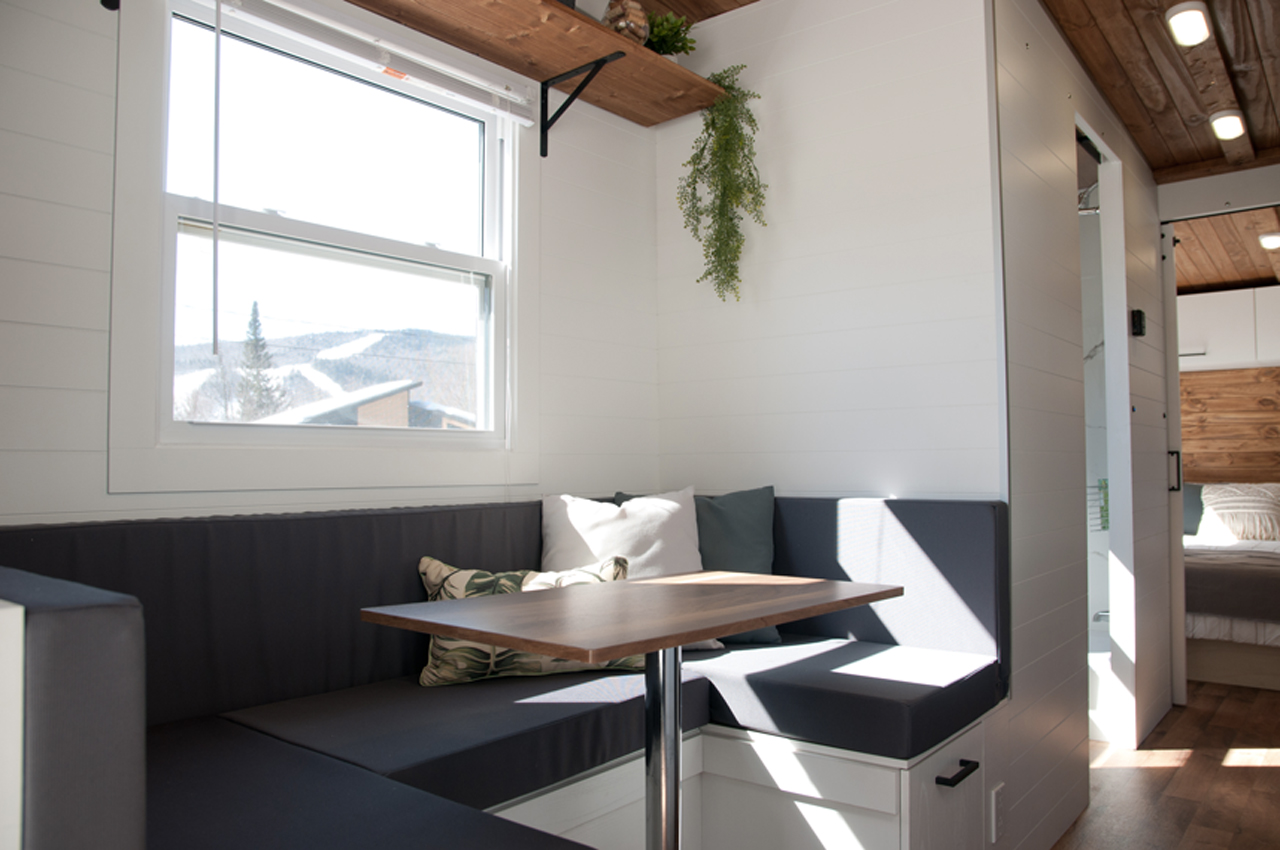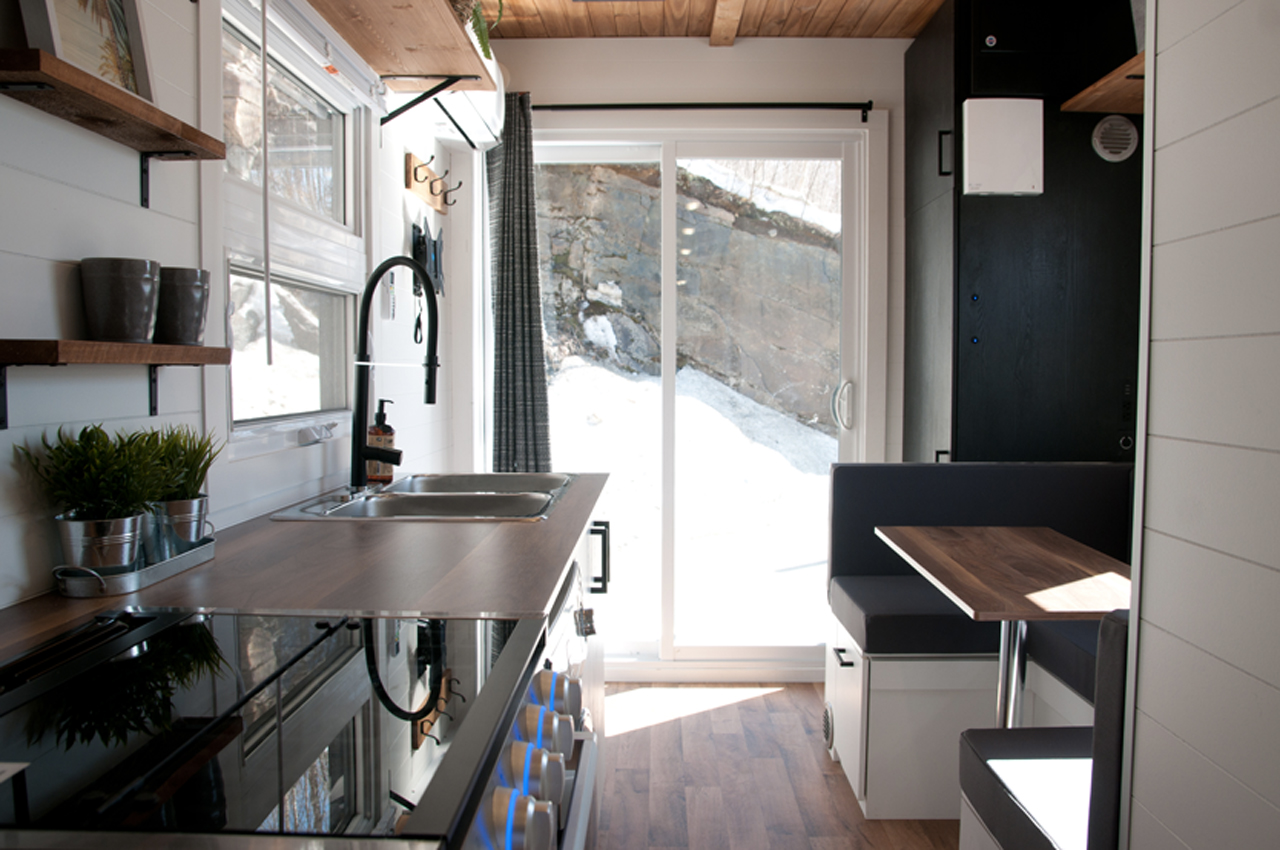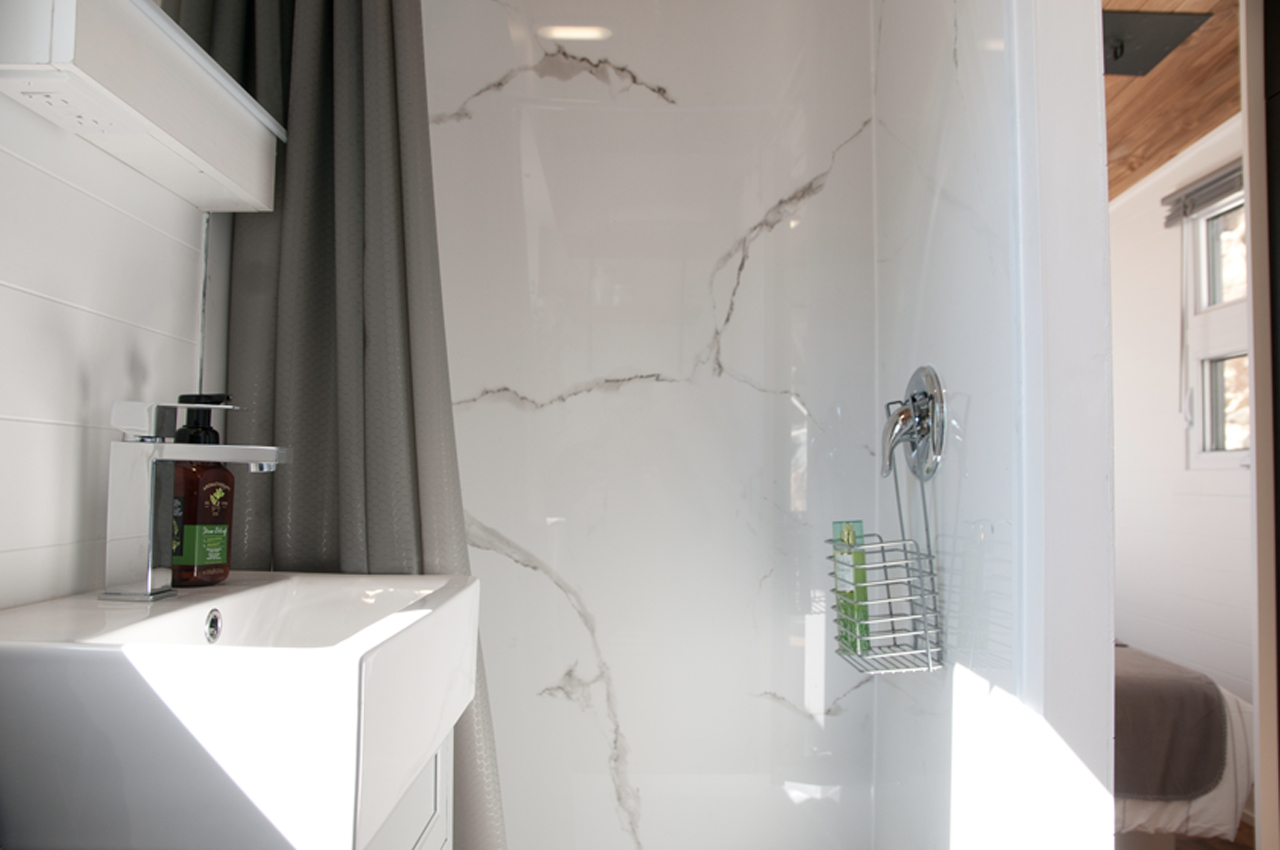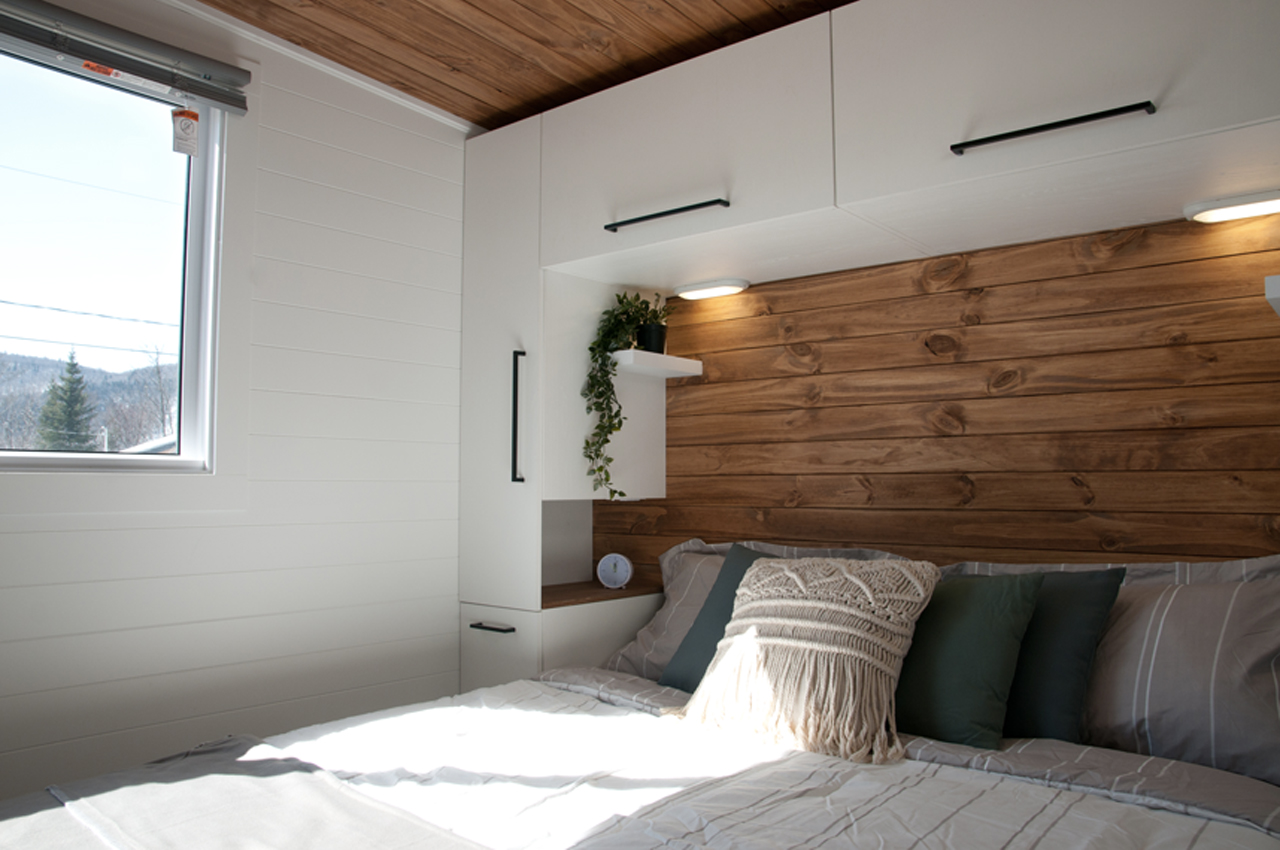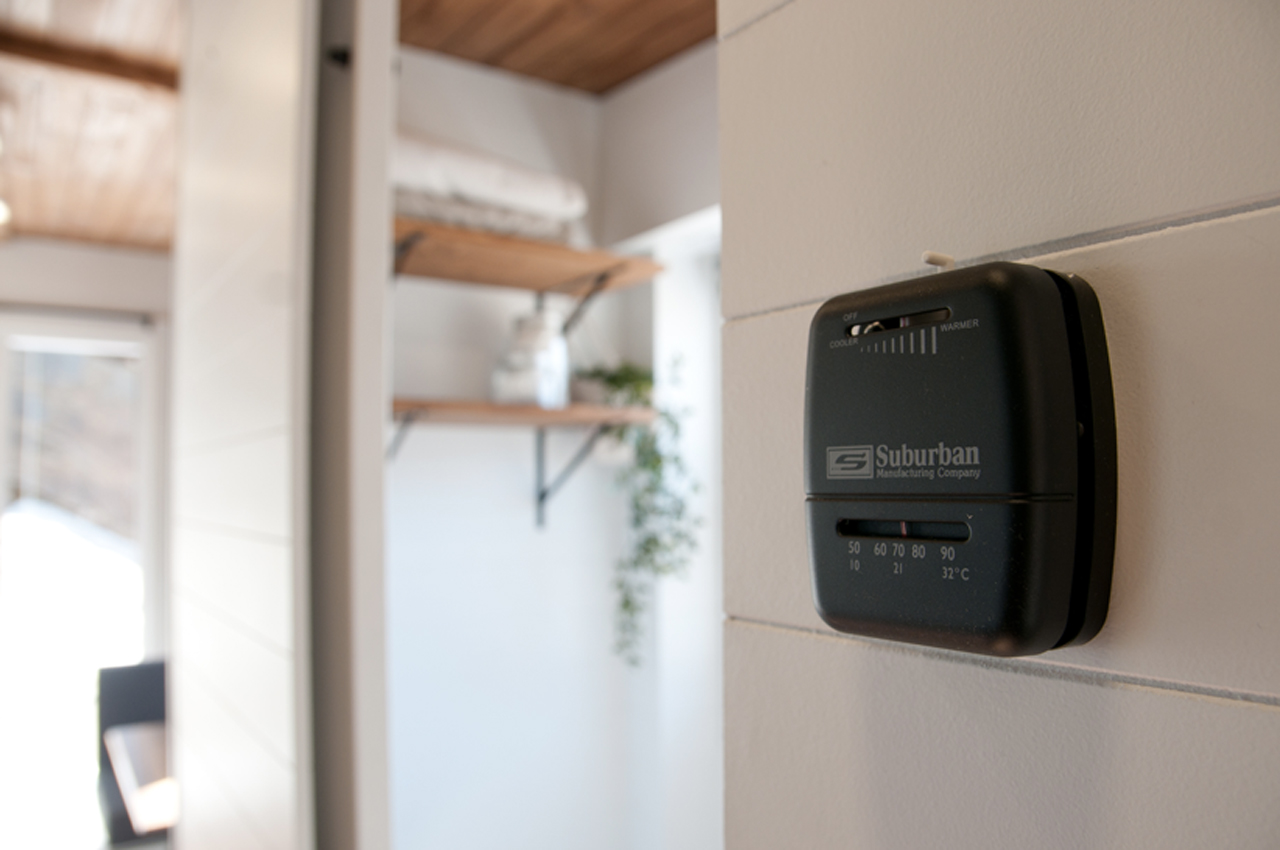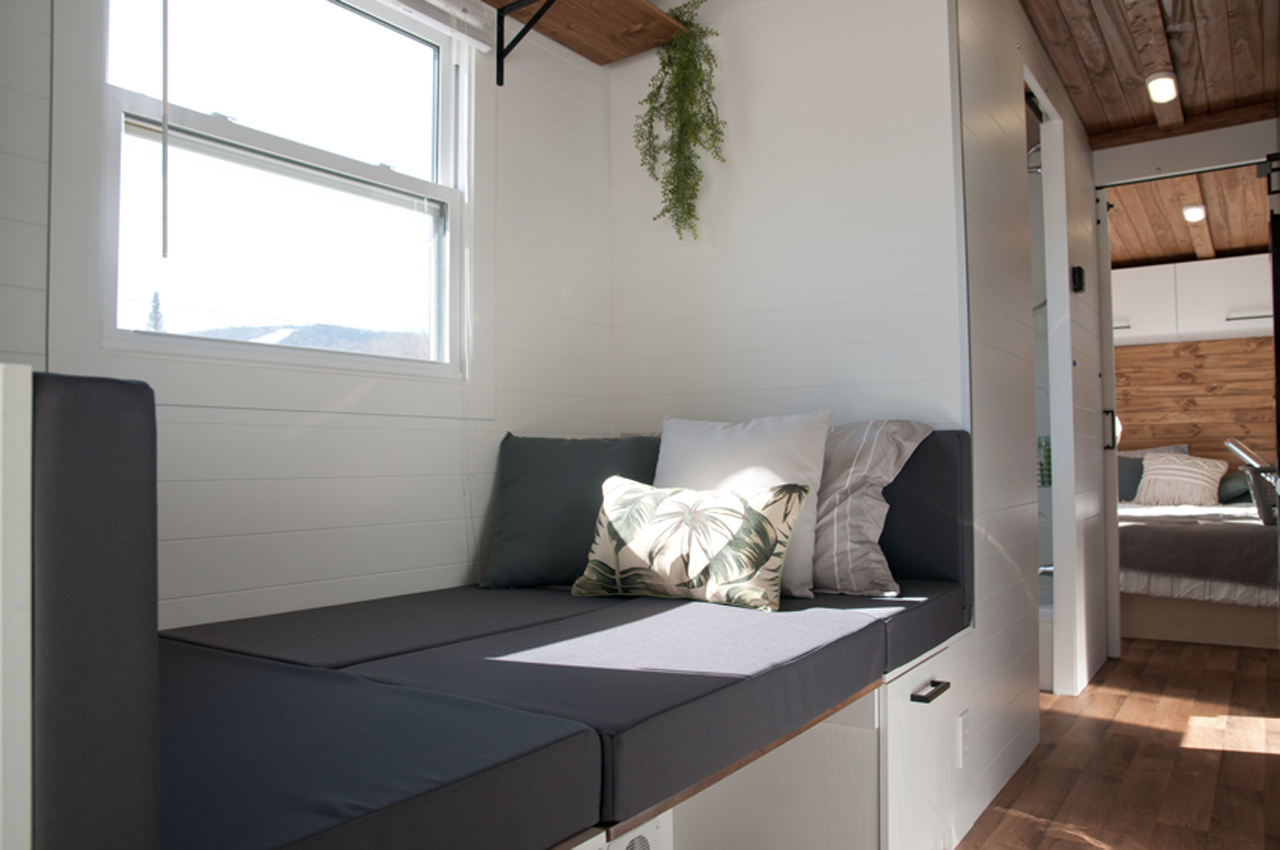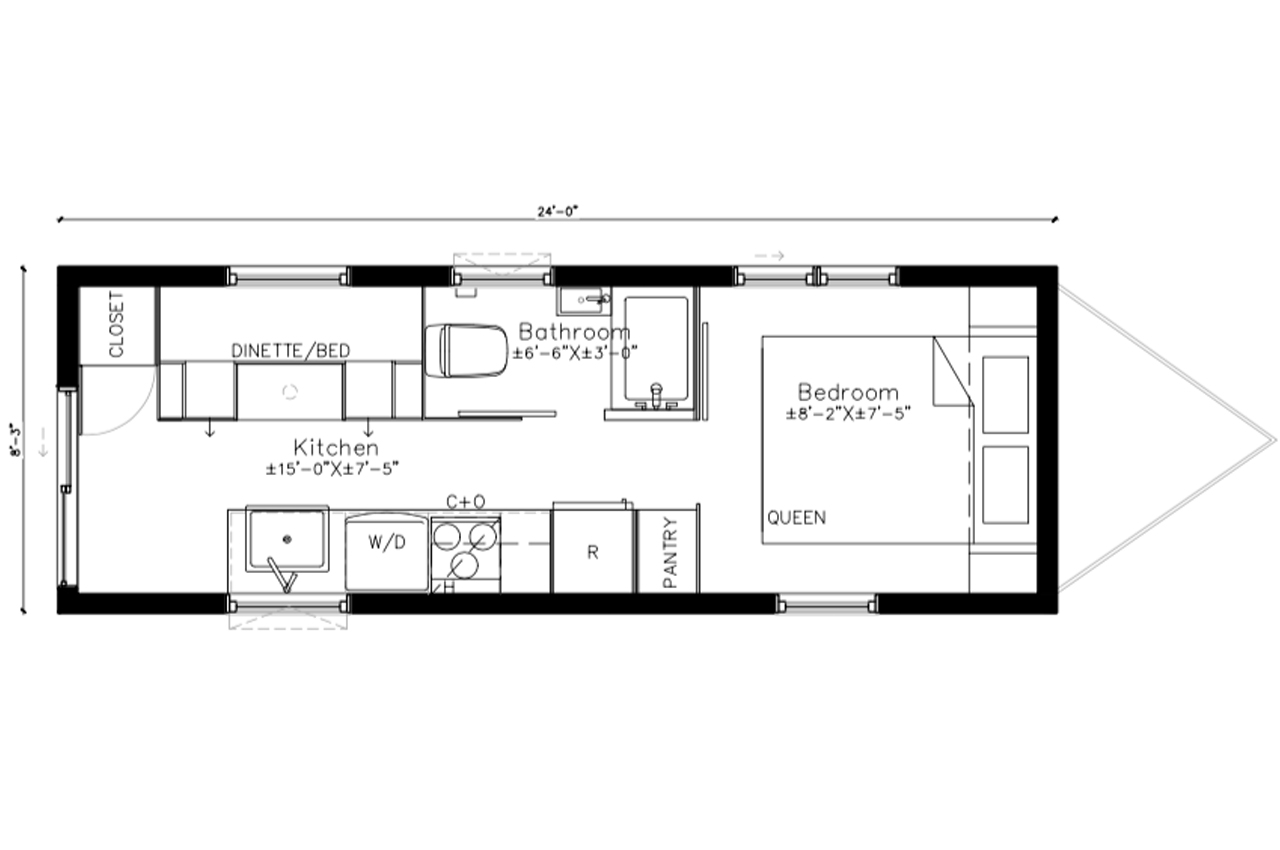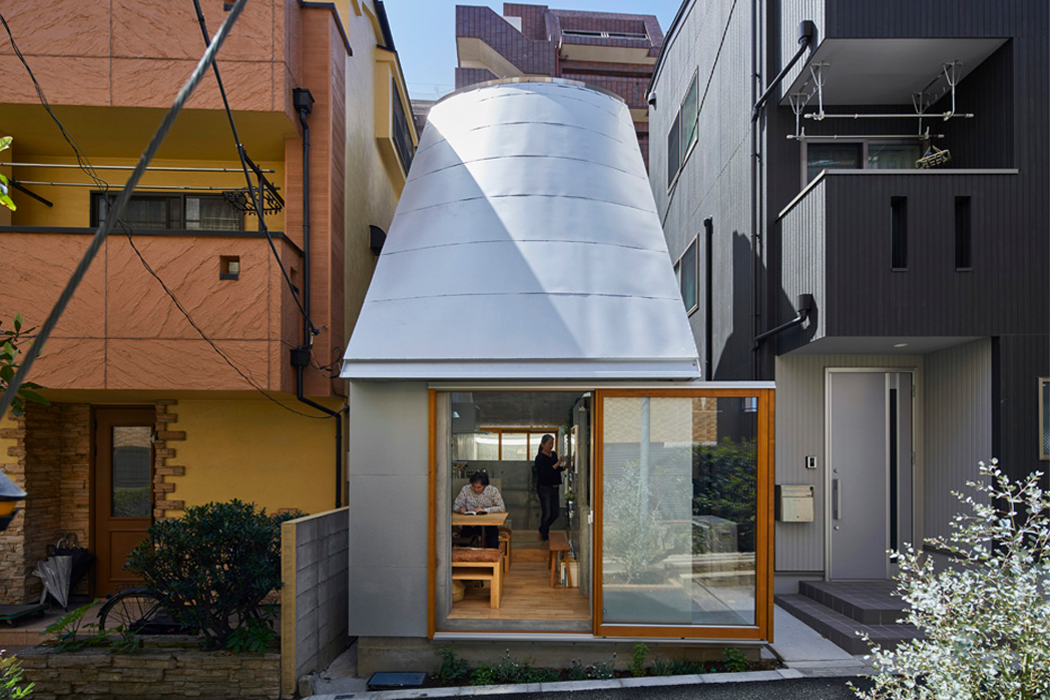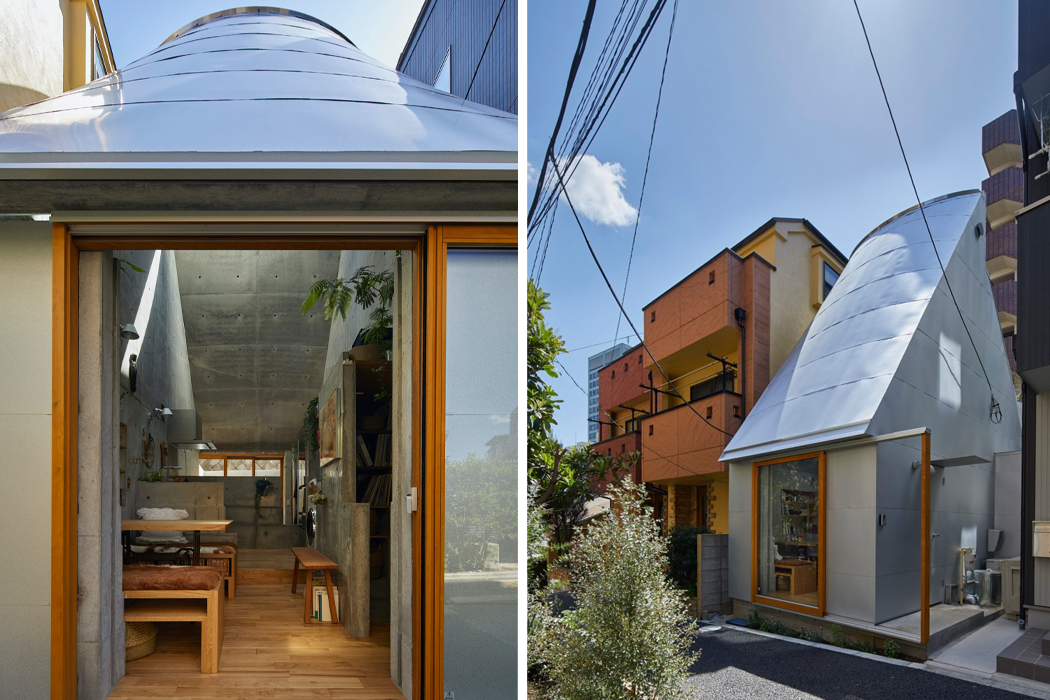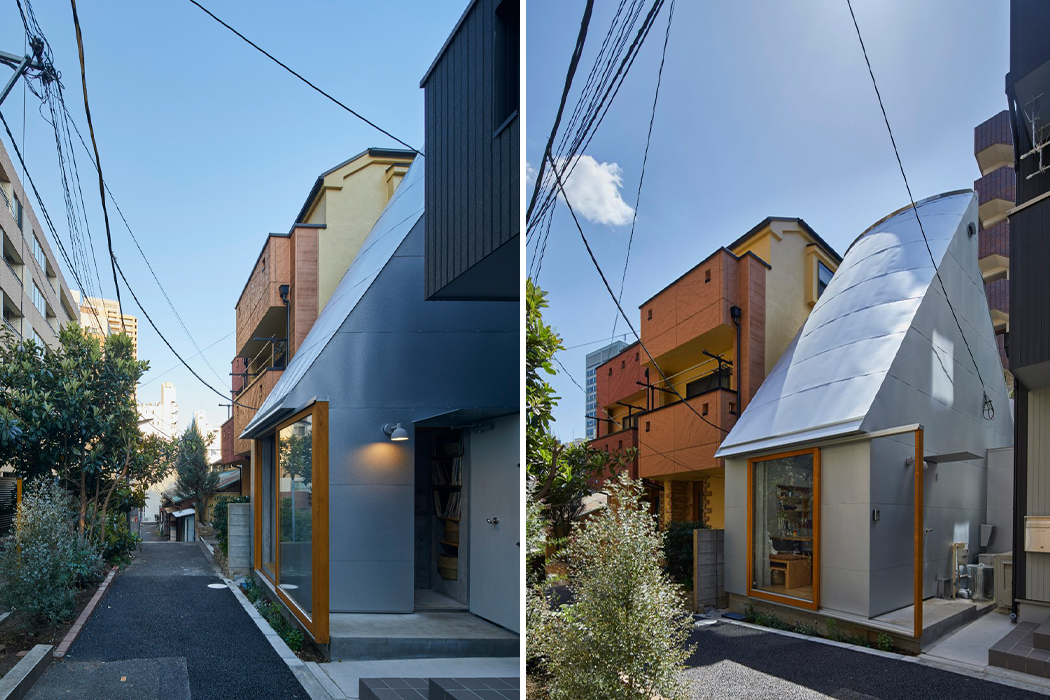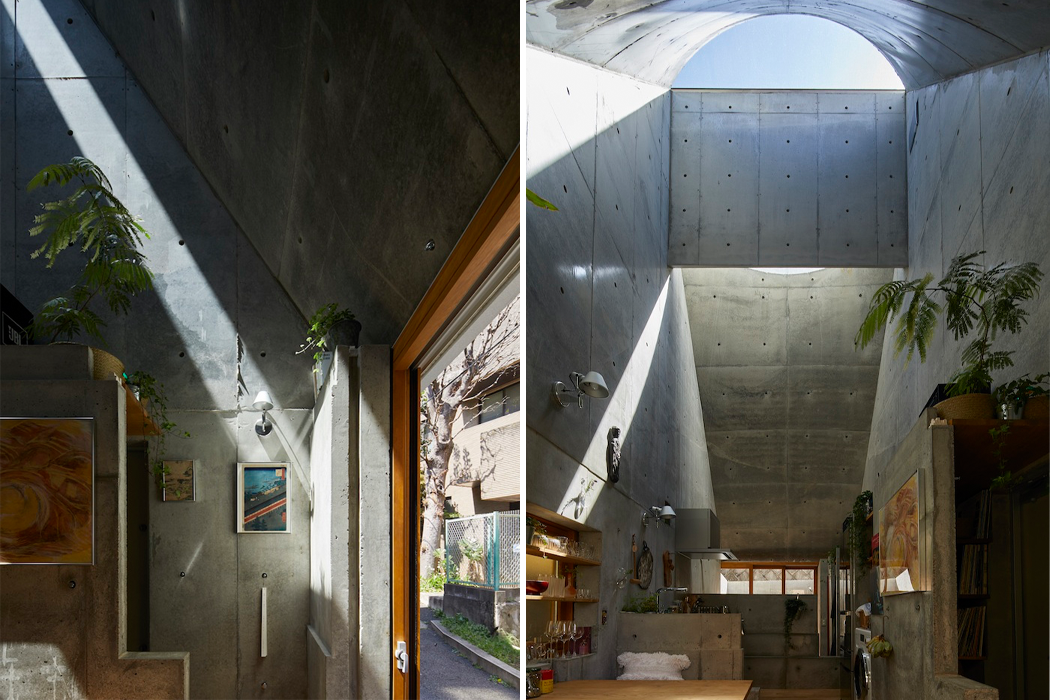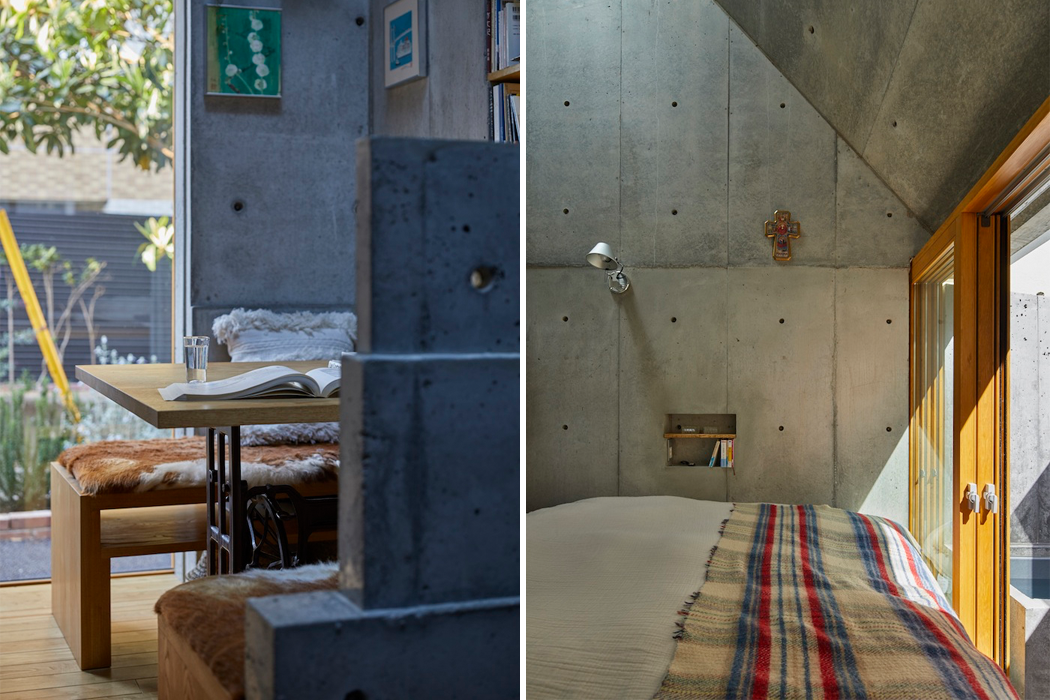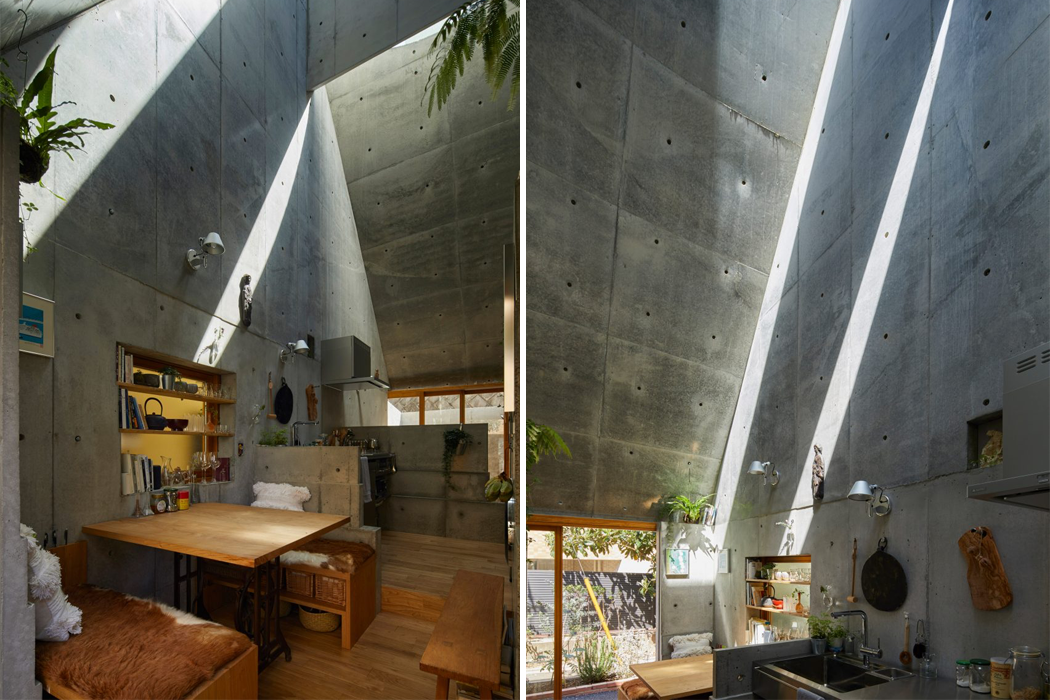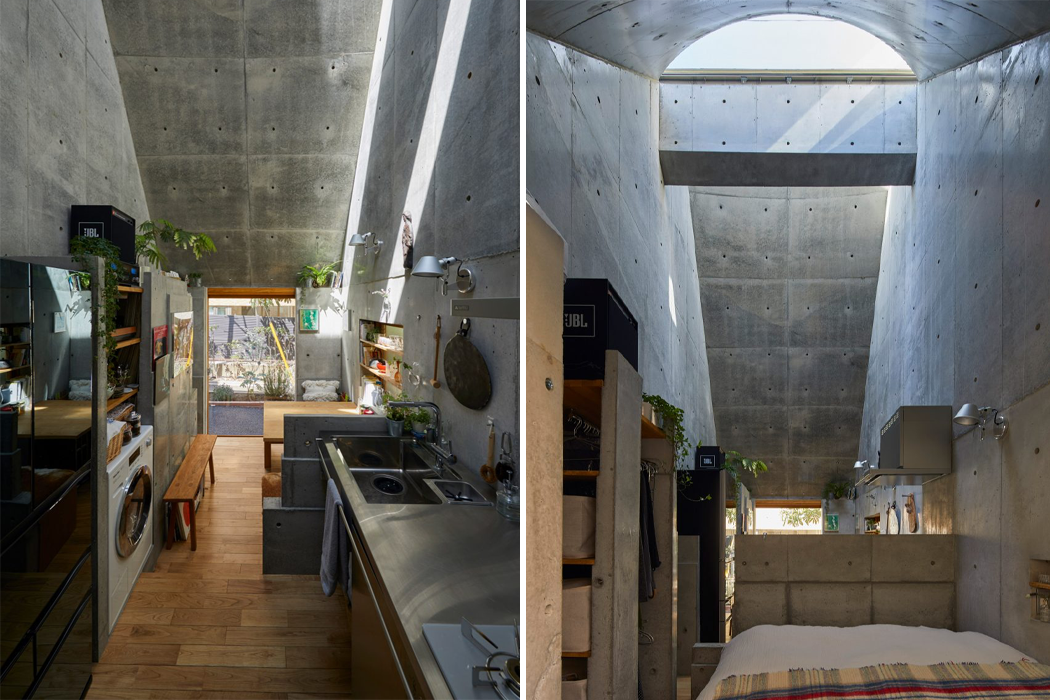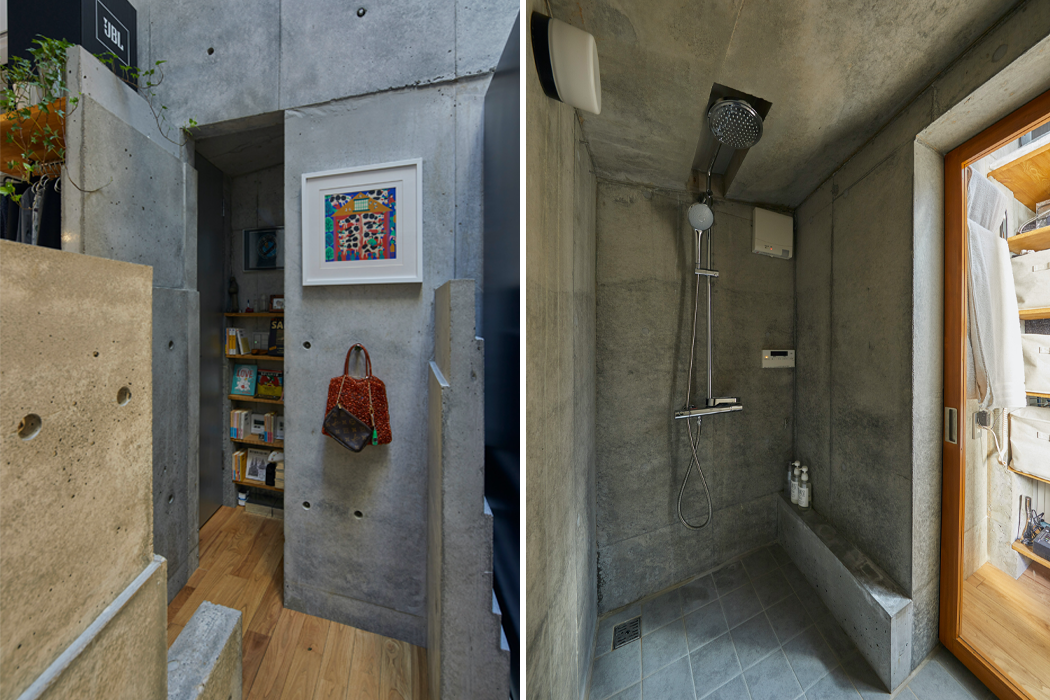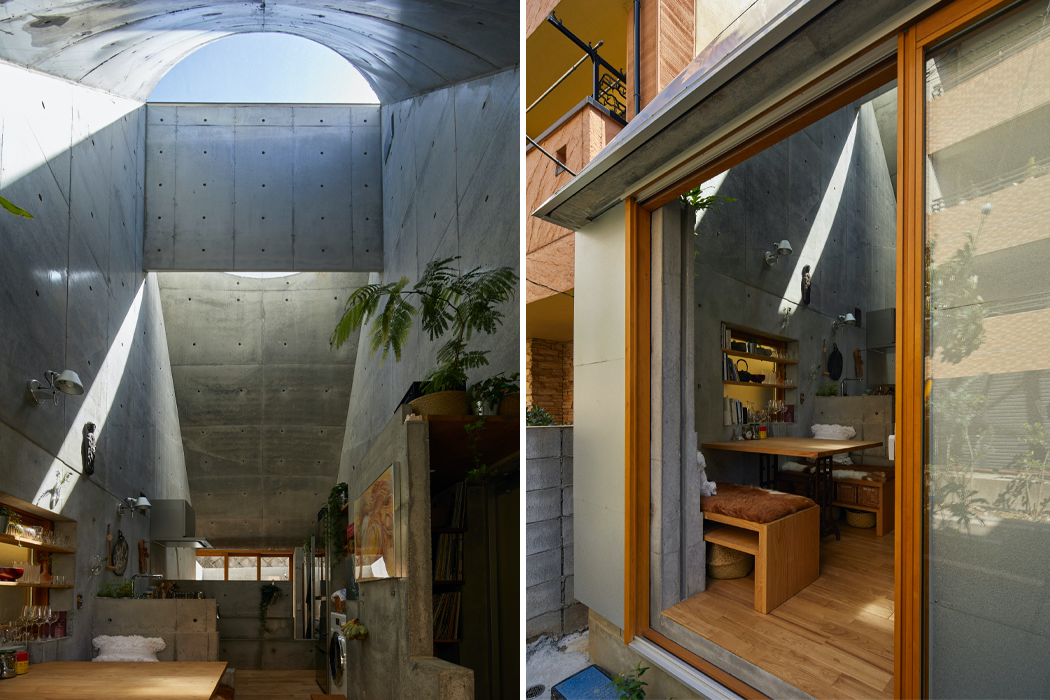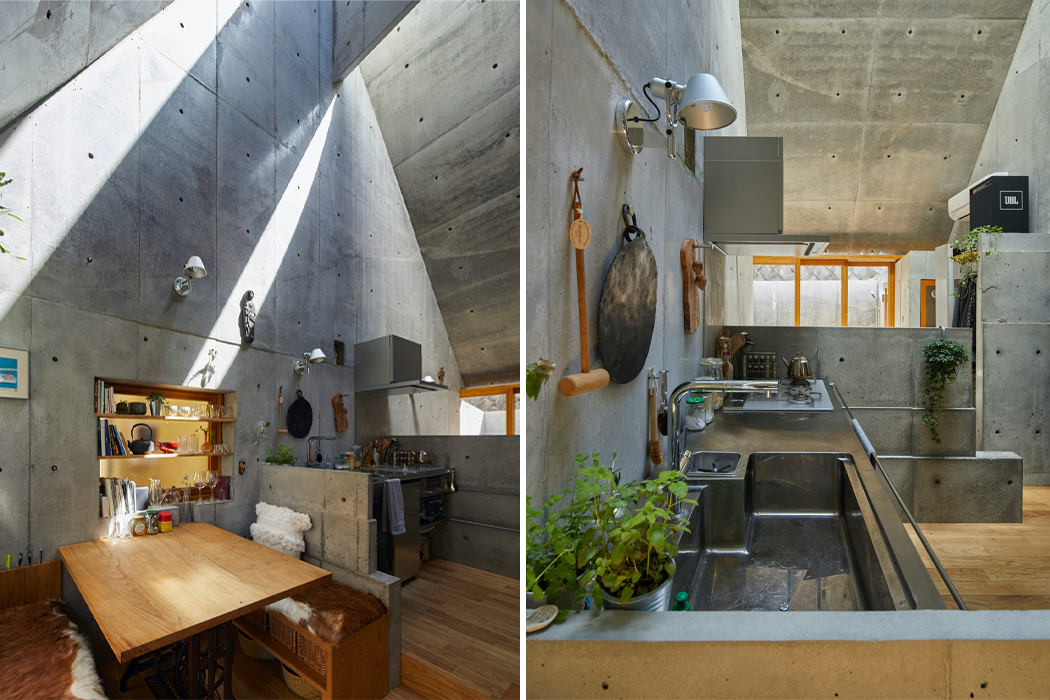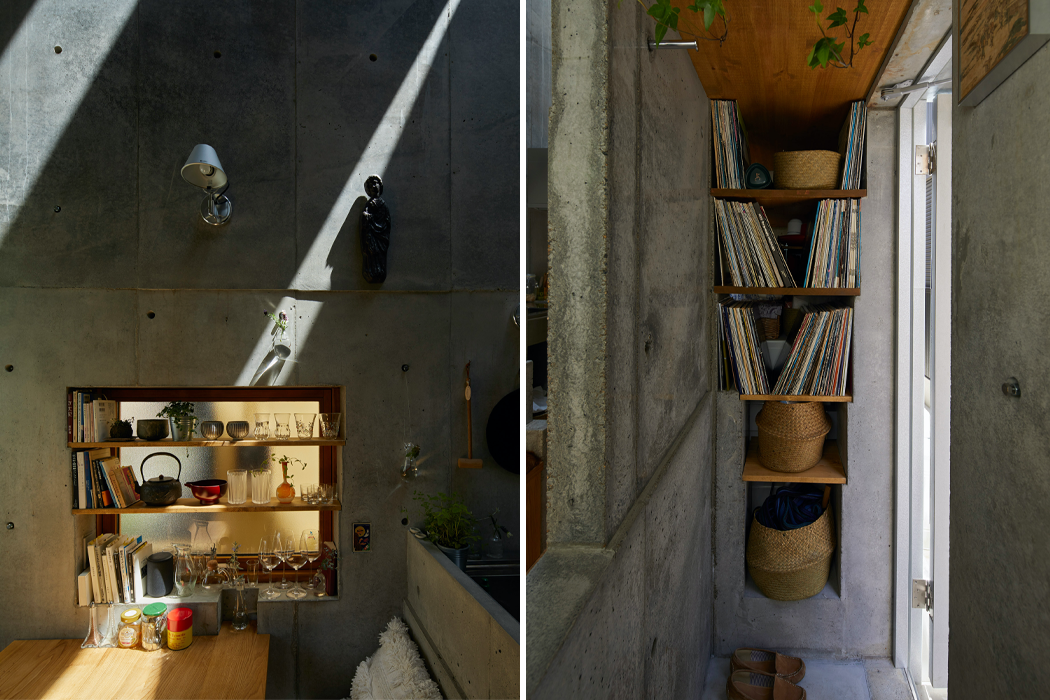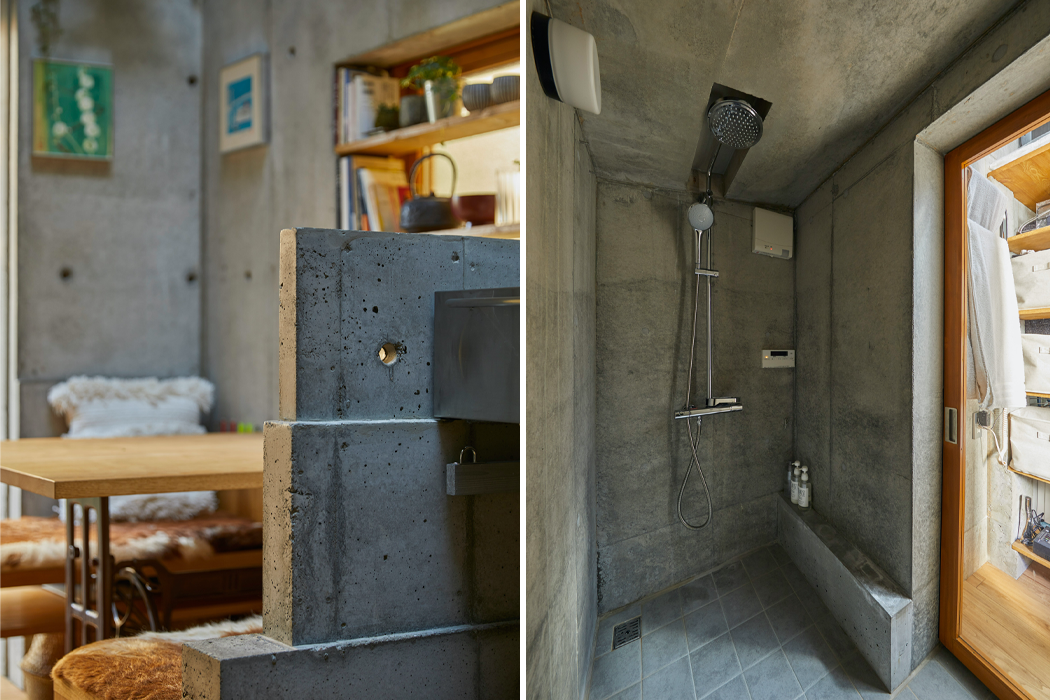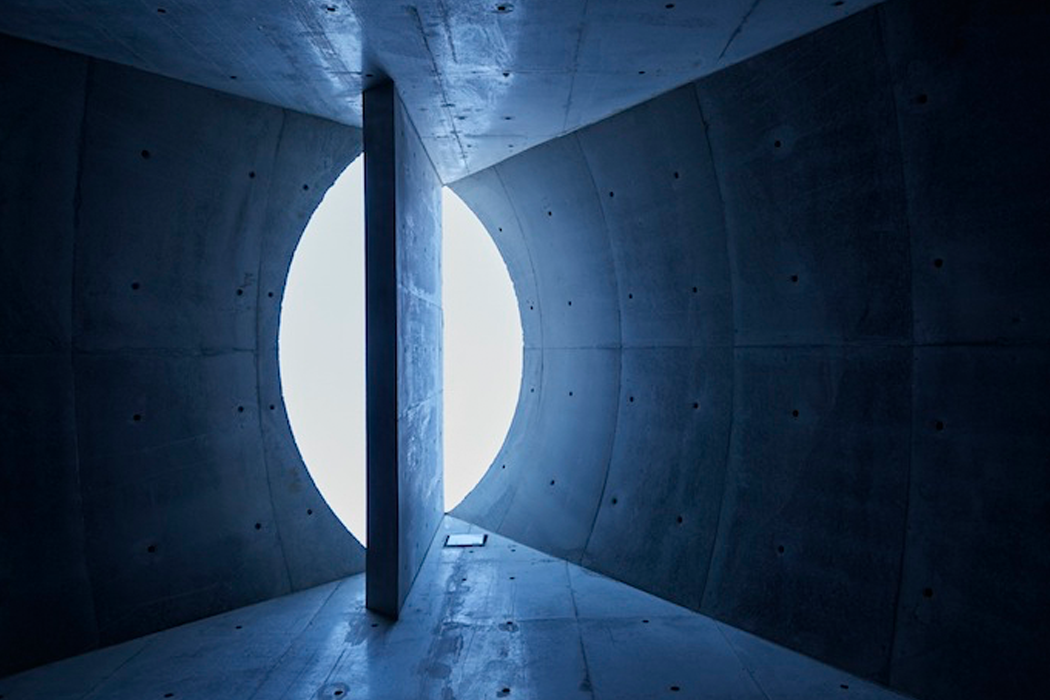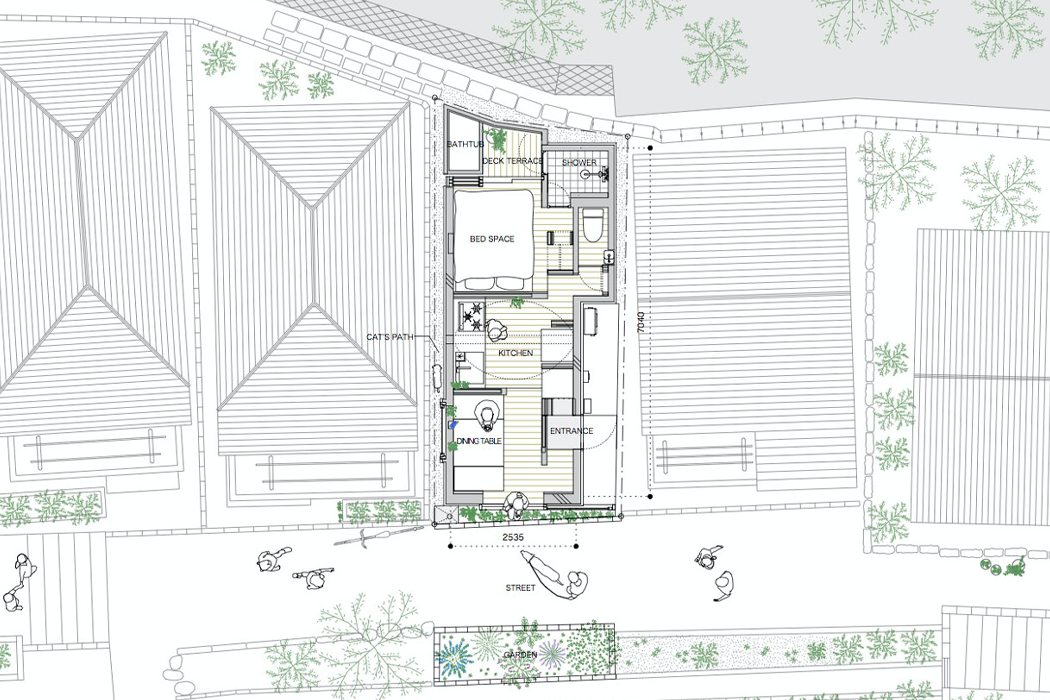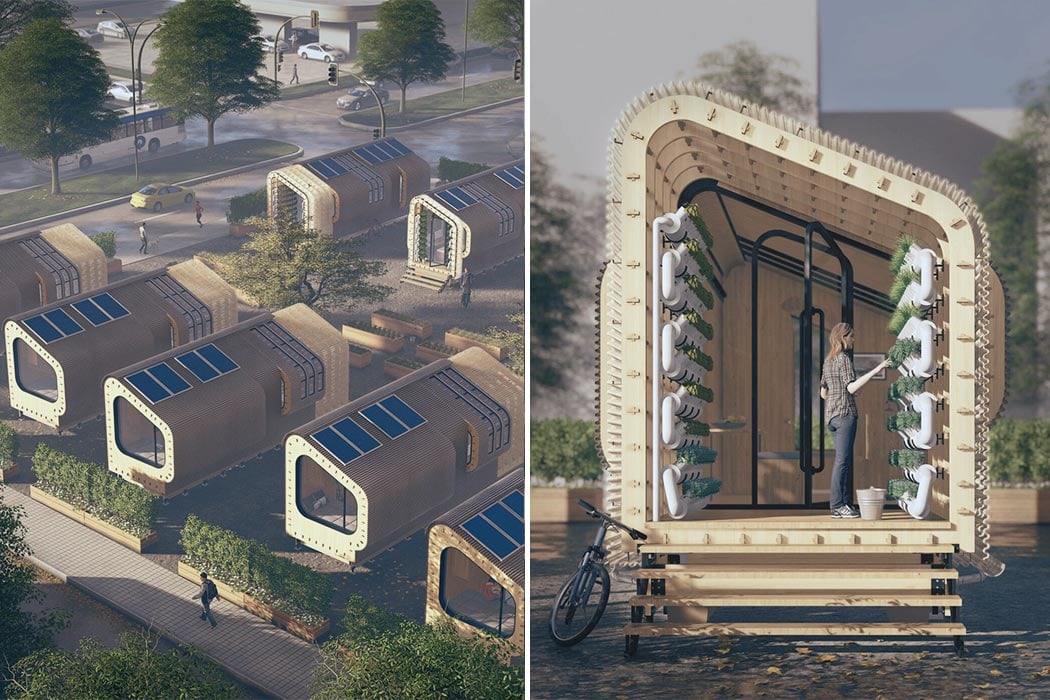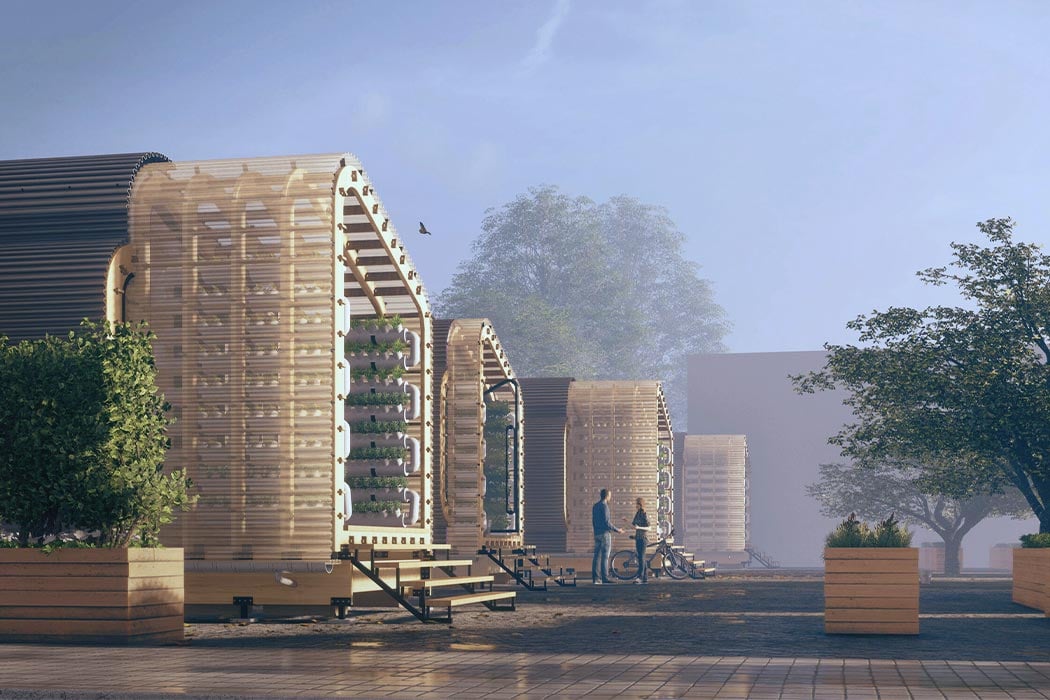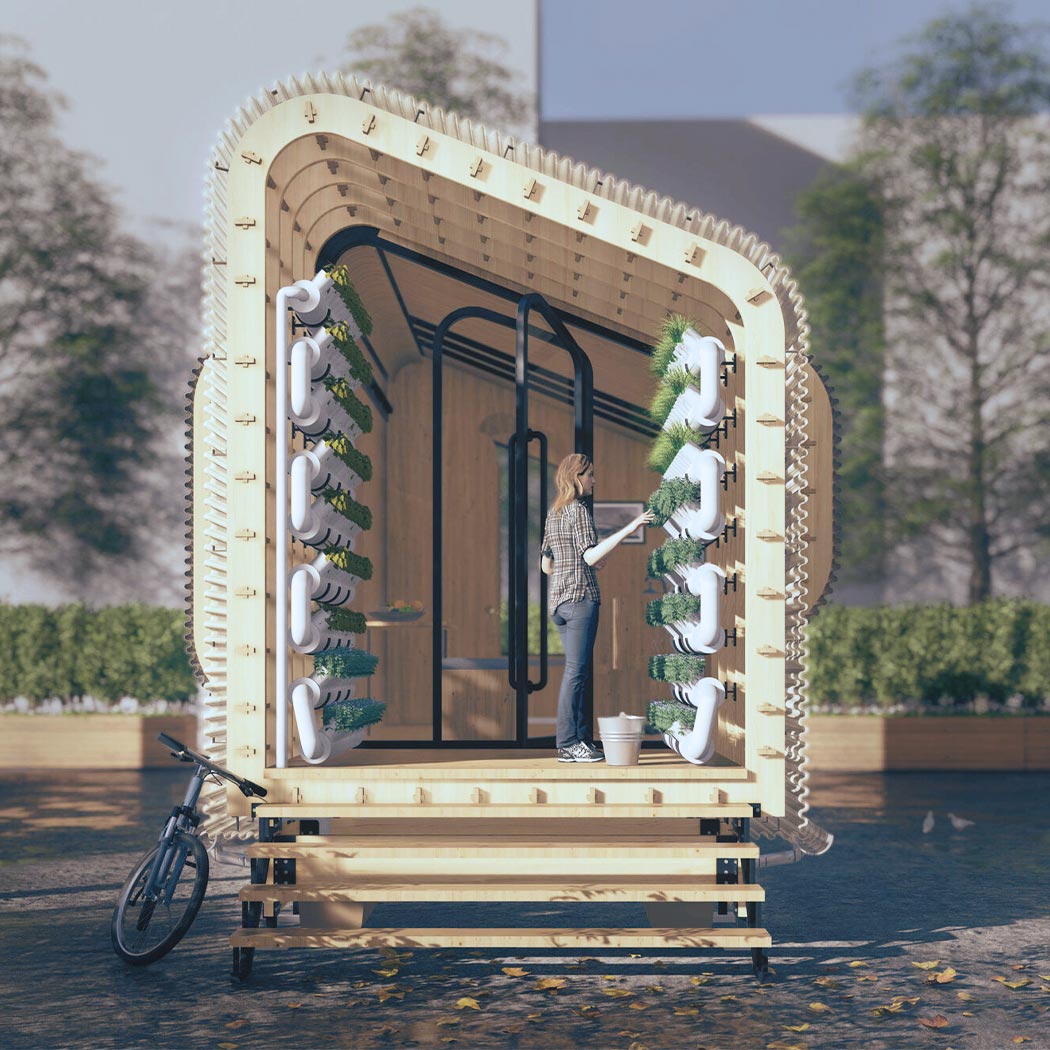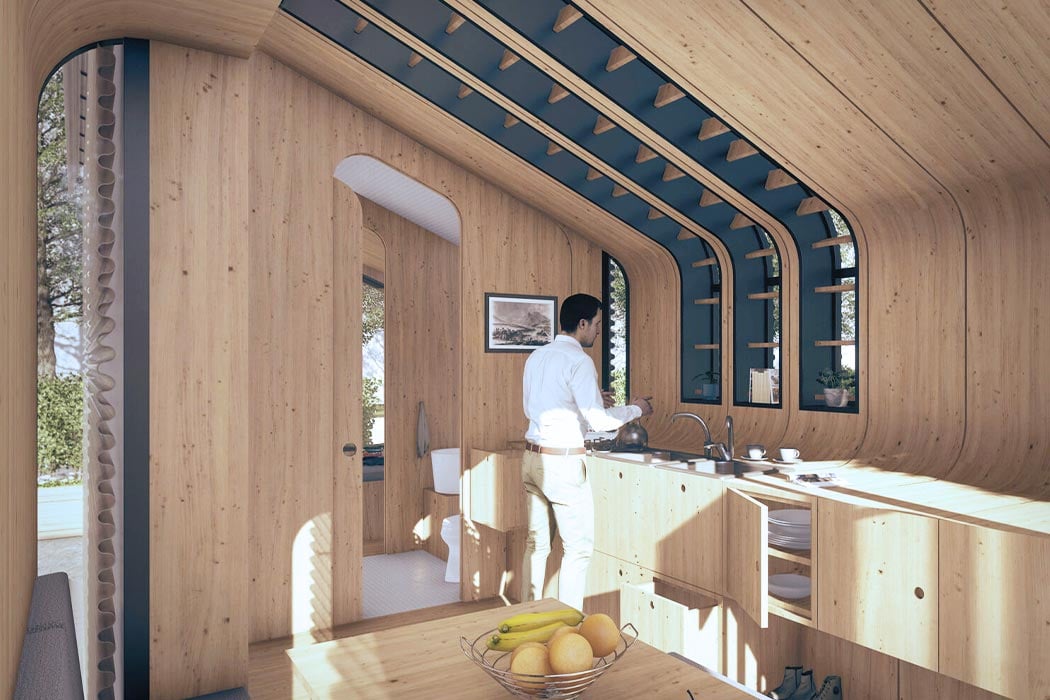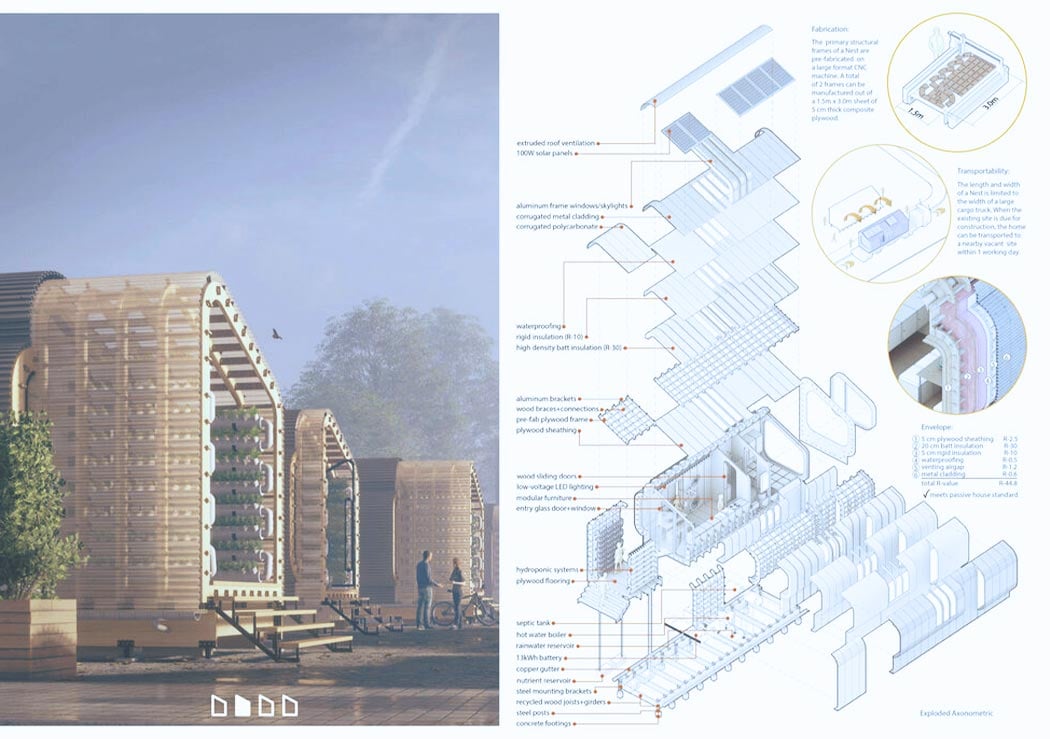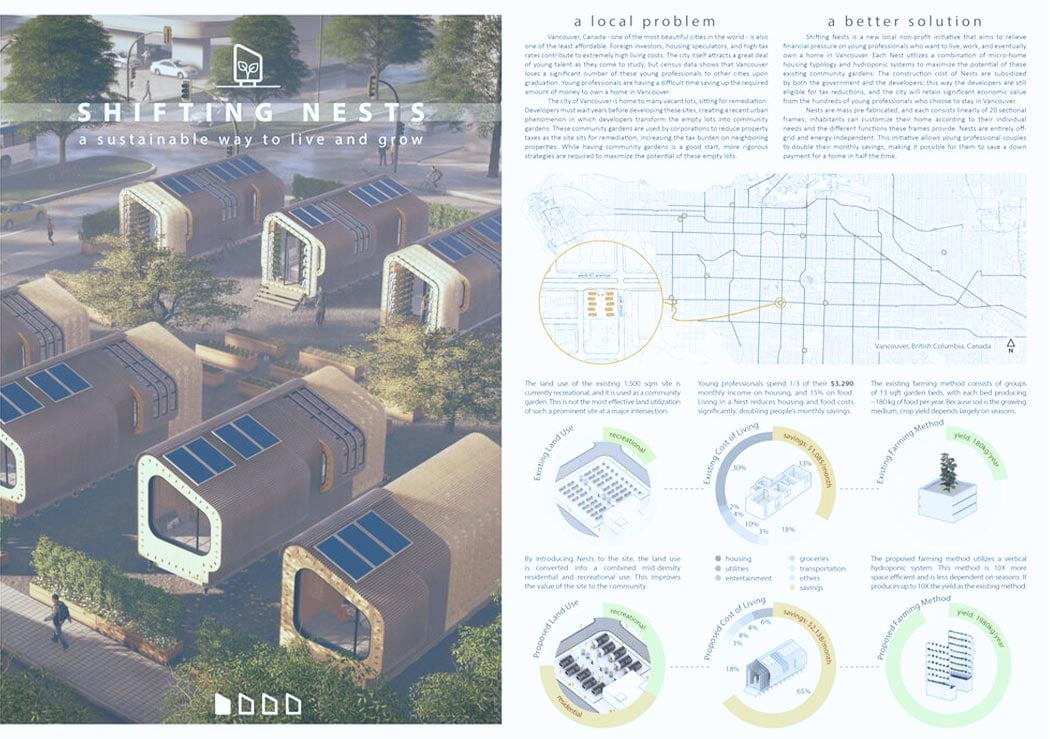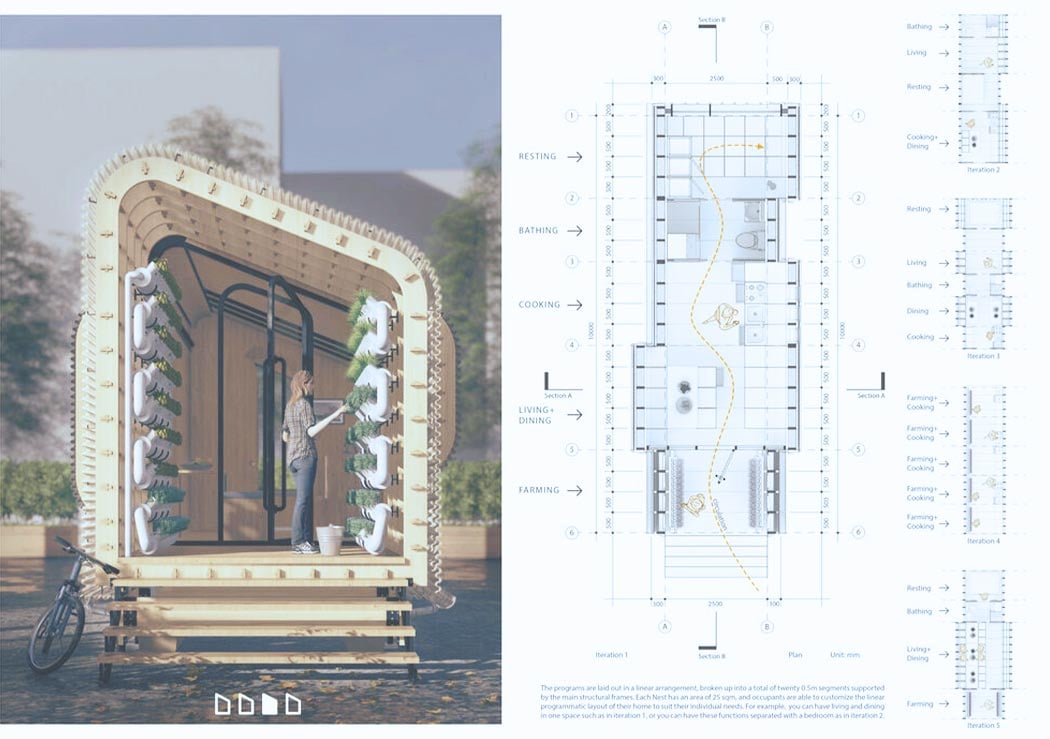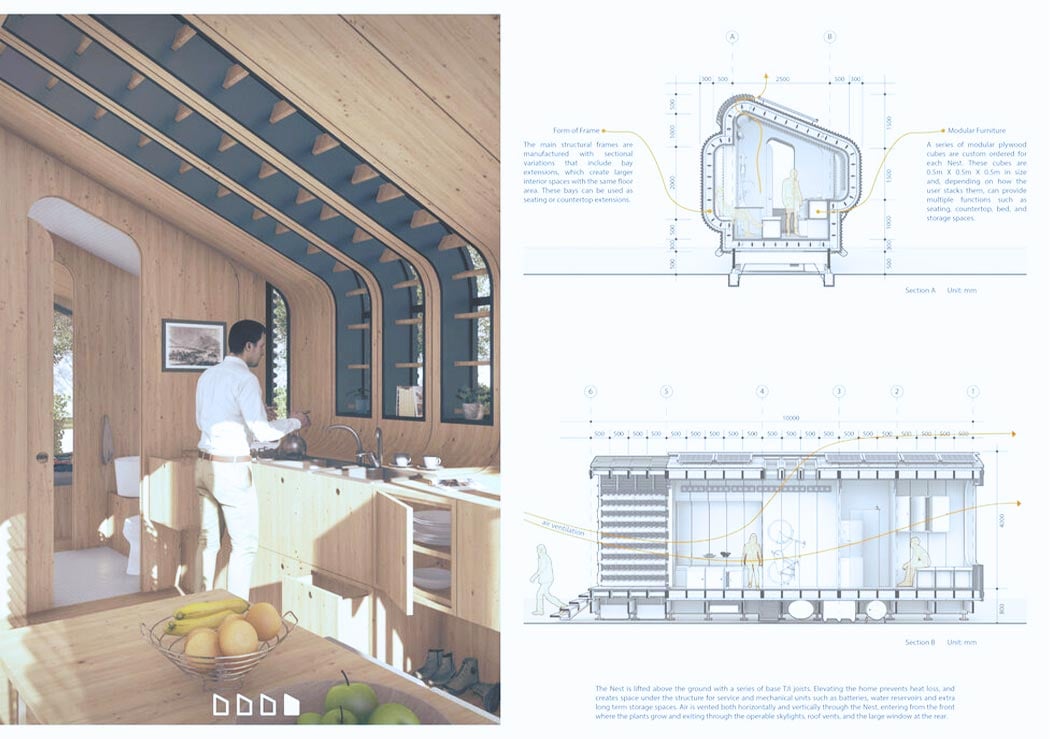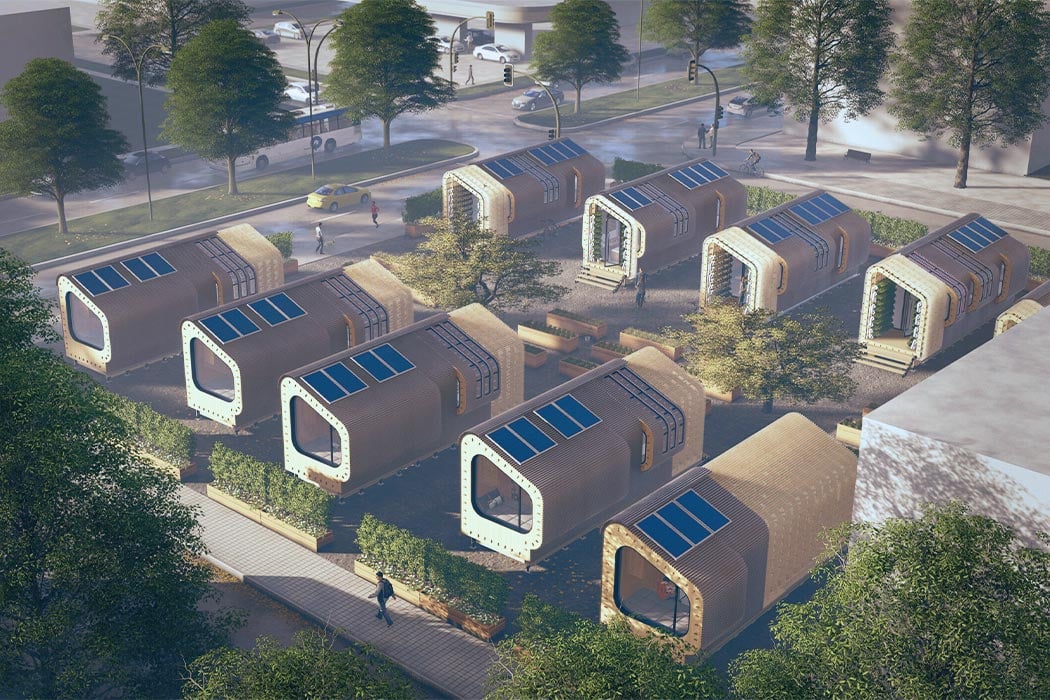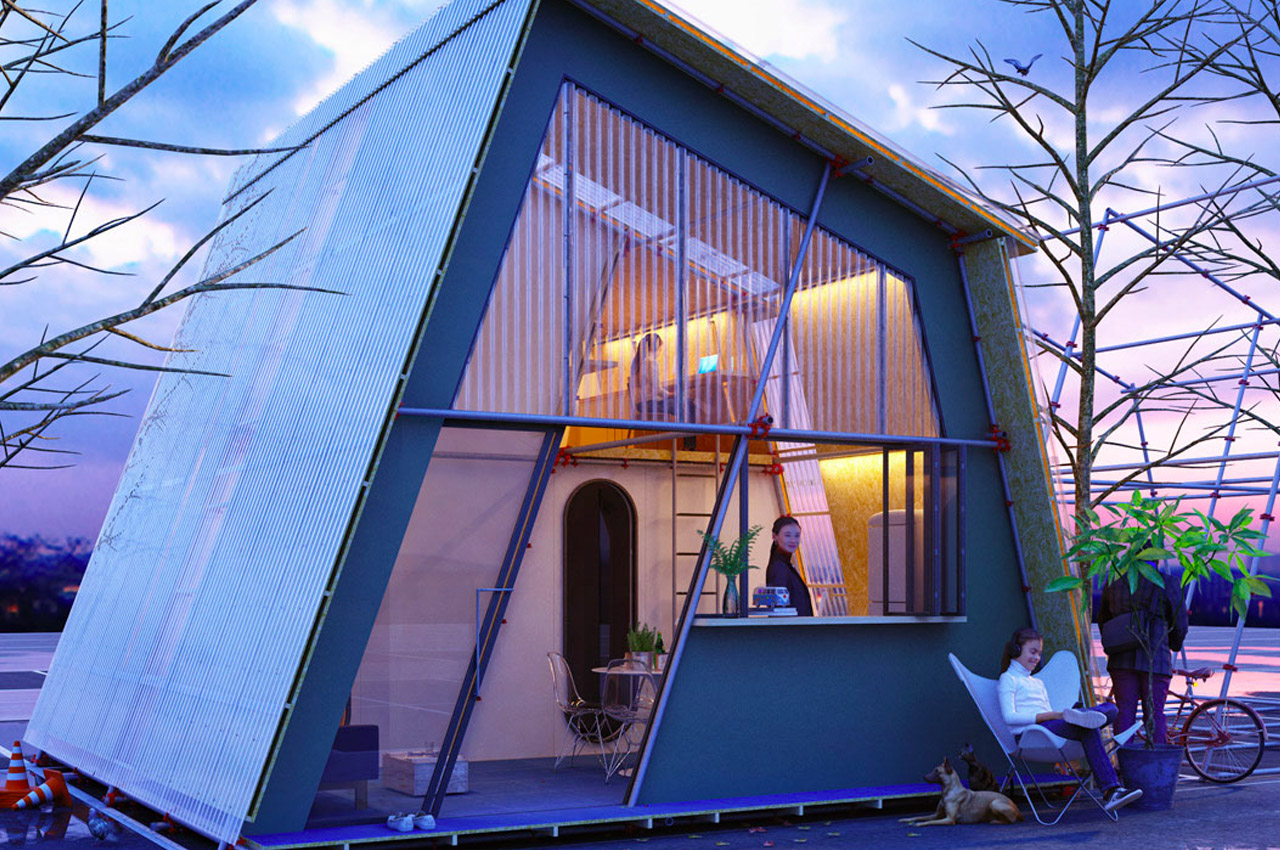
It’s sad to say that in 2022, homelessness is still a thriving and ever-growing dilemma we face as a modern society. It’s a social problem that is always visible, and almost impossible to turn a blind eye to. And, thankfully it is something that we as a society are taking considerably seriously. Nowadays, housing solutions vary from portable tiny homes to even 3D printed villages! They may not be the most lavish example of real estate on the market, but they are comfortable, practical, and functional. A portable, easy-to-build, and economical building system that recently caught our eye is a project titled ‘Urban Camp’. Designed and envisioned by Brazilian architect Felipe Campolina, the interesting project was proposed for the ‘Micro Housing 2022’ contest held by Impact Design Competitions.
Designer: Felipe Campolina
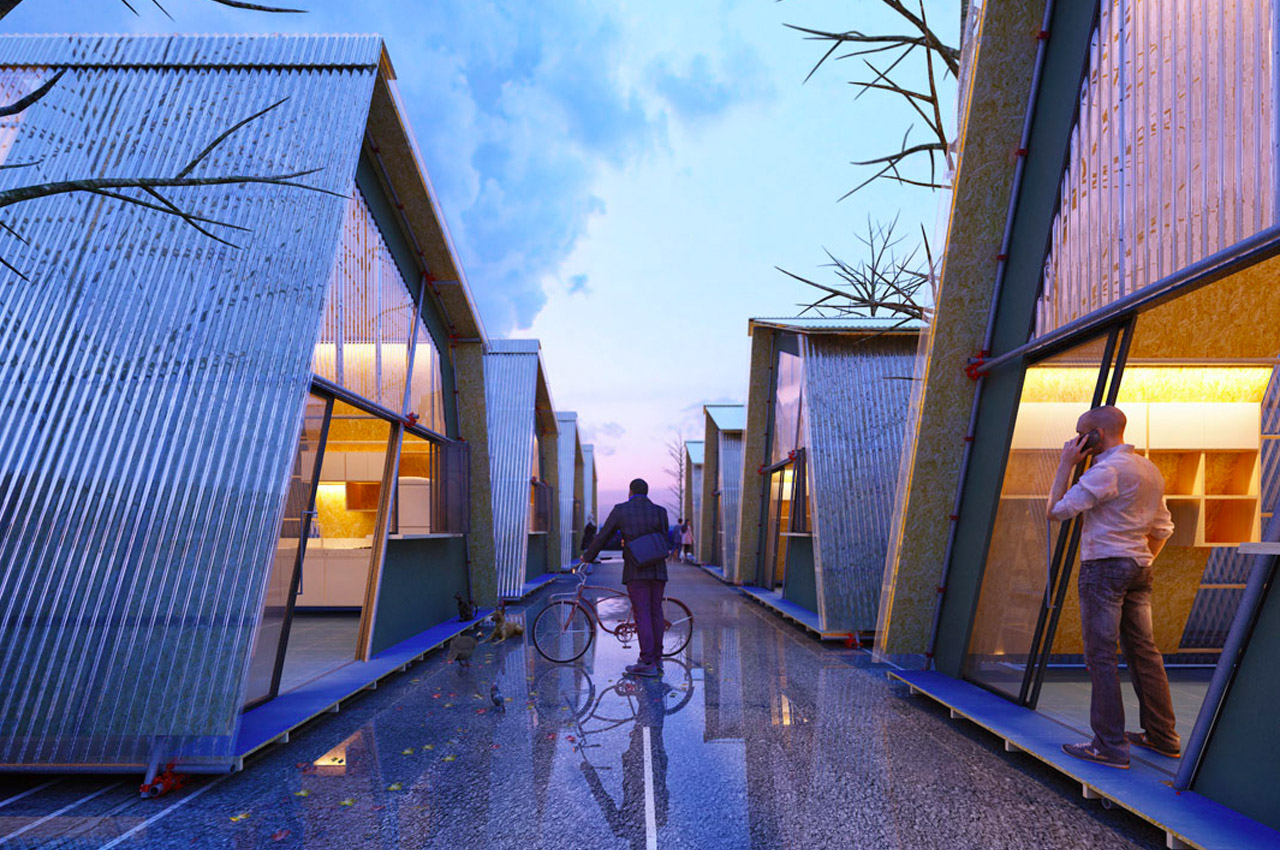
The affordable housing solution aims to transform parking lots into modern habitats for those seeking temporary or permanent refuge/housing. Each micro home can be assembled effortlessly in DIY molds and measures 5.4m x 6m with a surface area of 32.4m². It can accommodate up to 4 people or more with ease.
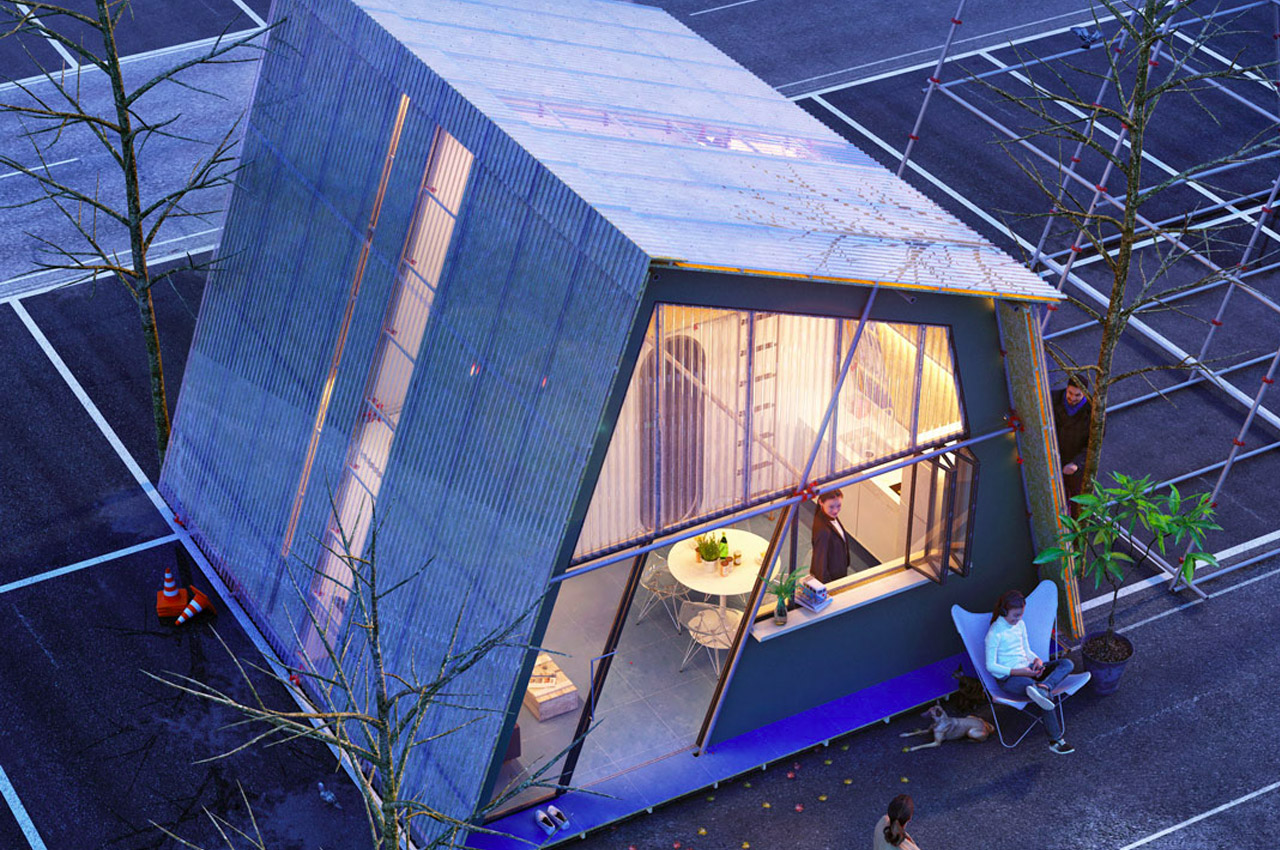
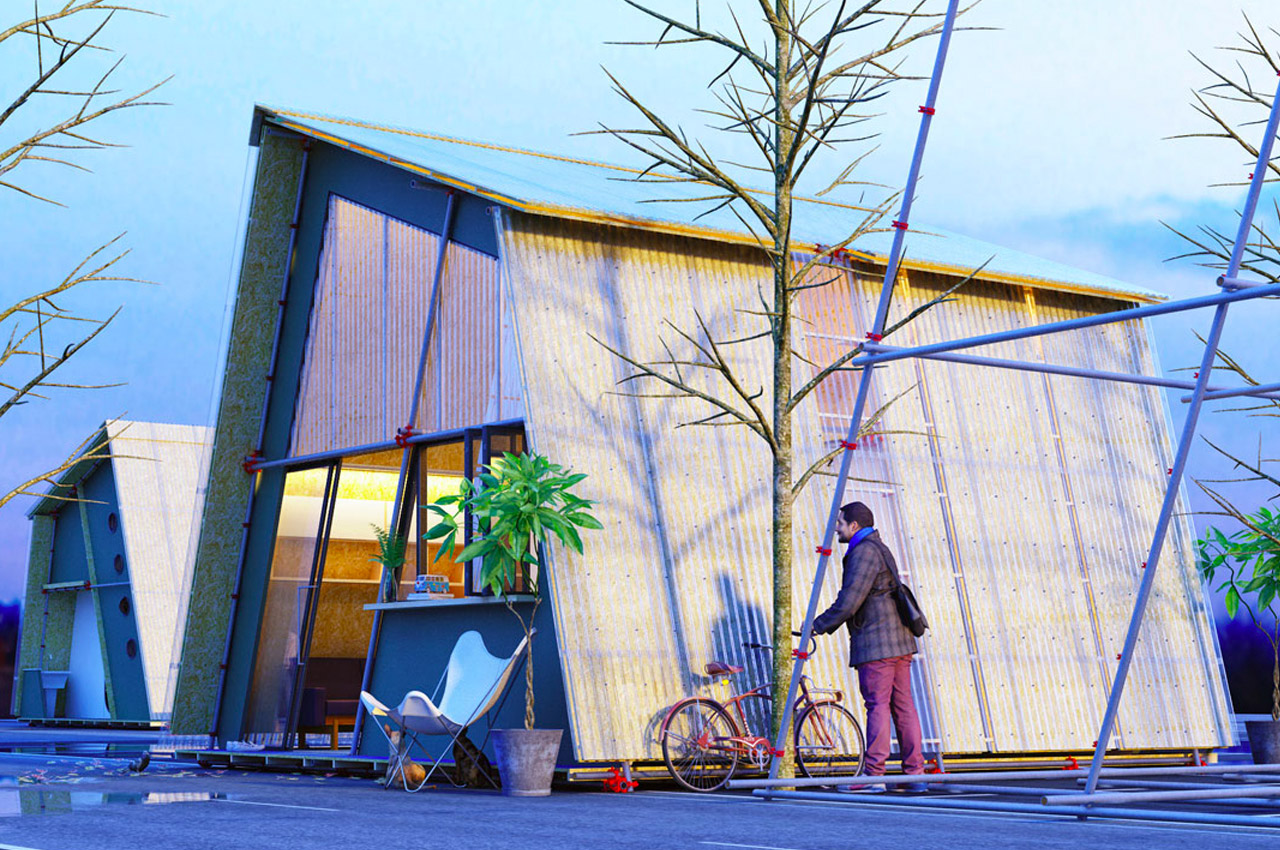
Campolina describes his unique project as a “manifesto against car culture”. In a world where you see more cars on the streets than people, this proposal not only aims to combat the pandemic that is the housing deficit but also divert people’s attention and energy towards a form of urbanism for cities that “privilege people more than cars”.
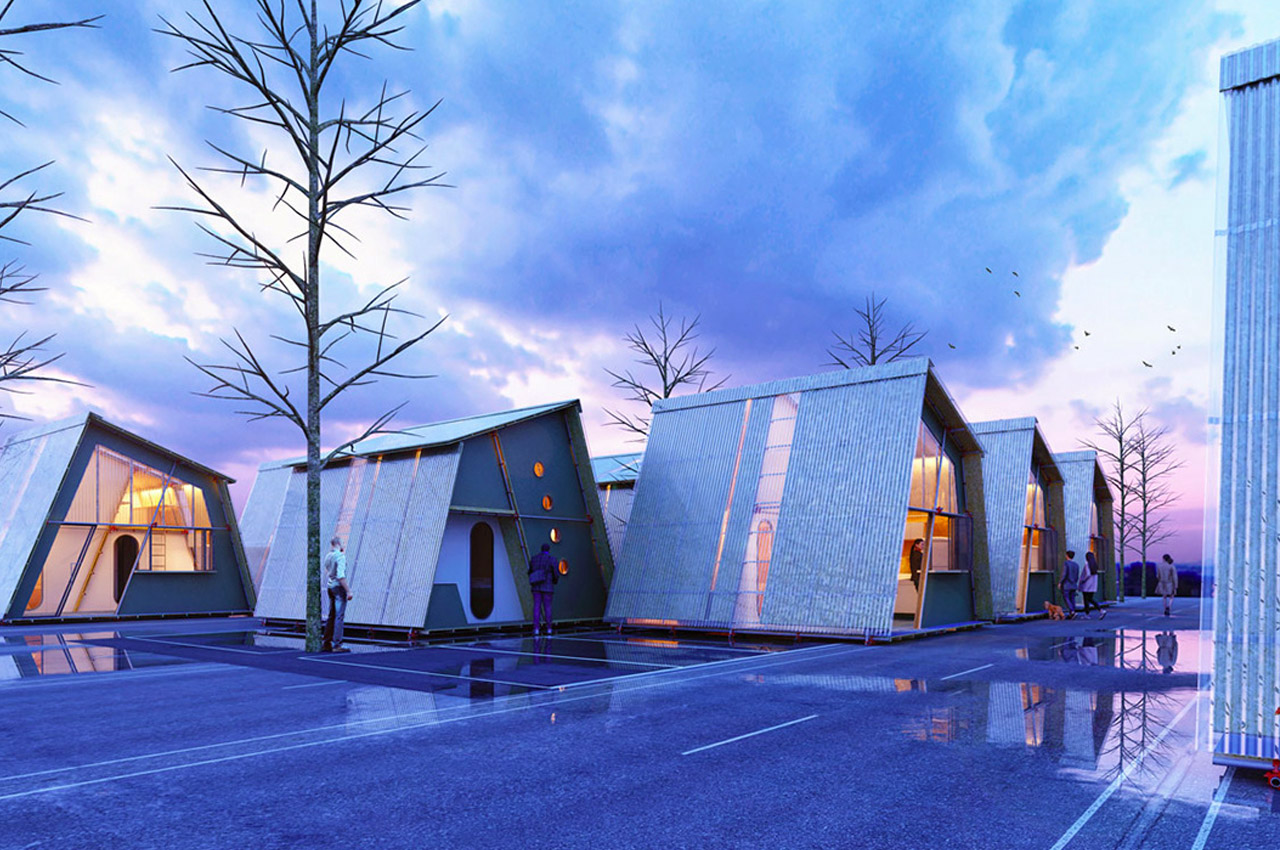
Each unit will be composed of a Tube & Clamp scaffolding, supported by wooden lumbers and OSB boards, to perfectly pair up with the stiffness of the structure. Clear polycarbonate tiles will encroach and completely cover the entire roof, ensuring adequate waterproofing.
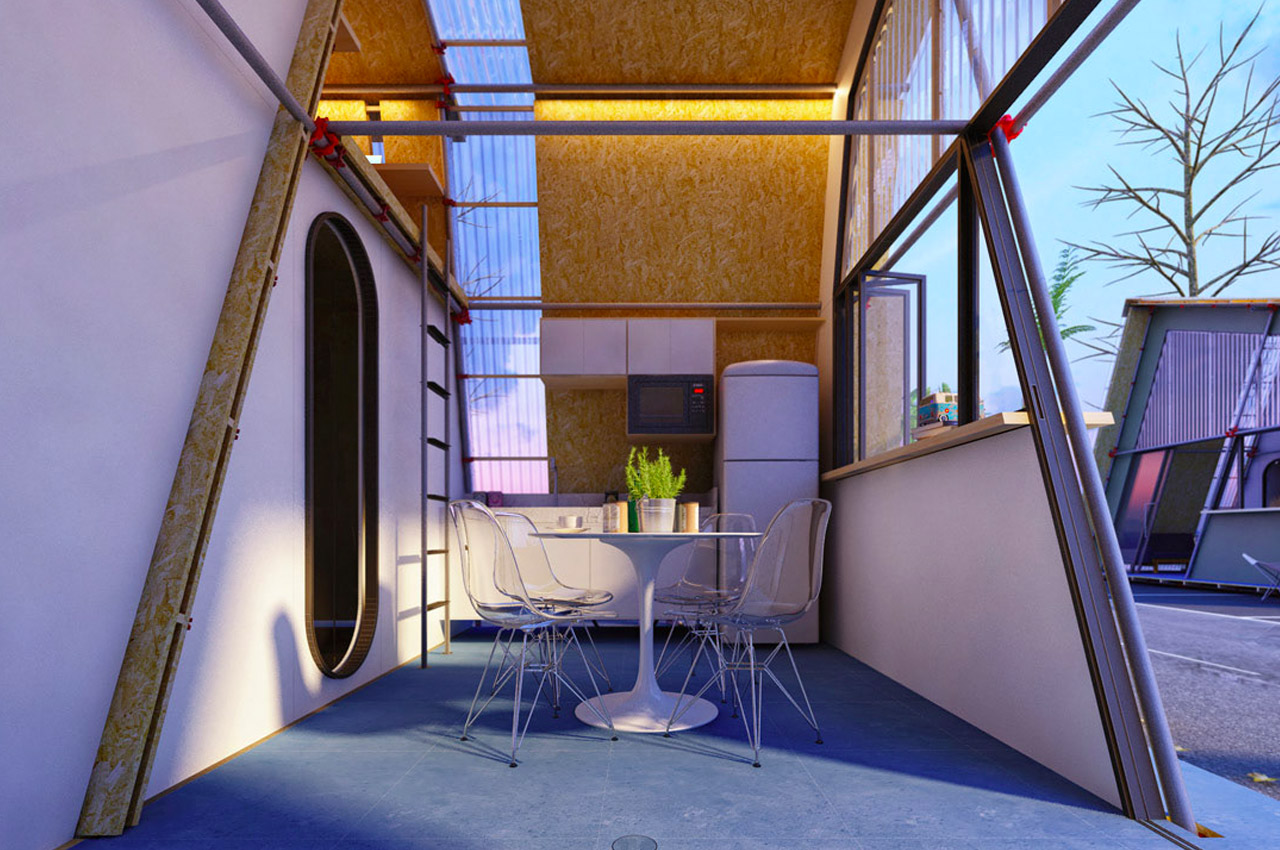
As you dive into the home, you’ll notice that the high-ceiling interiors distribute into two levels. The first story houses an integrated kitchen and living space, as well as a sleeping section amped with four beds. The beds are arranged vertically, in an attempt to create a unique spatiality.
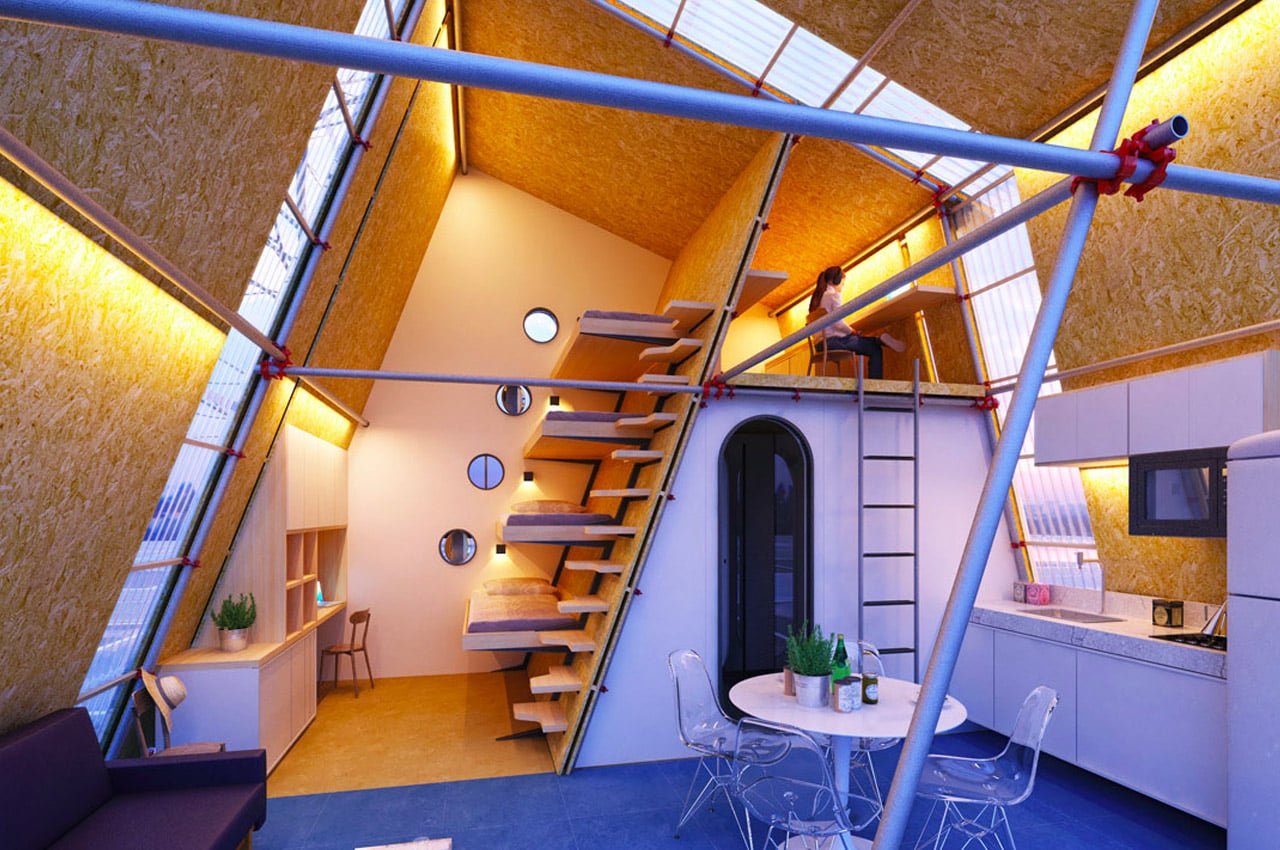
On the other hand, the second floor features a compact workspace, that can be entered or exited via a ladder fixed on the wall. Kudos to Campolina, for creating a space that not only caters to people’s living but working requirements as well. Every room has been furnished with built-in storage furniture, as well as a fully equipped bathroom, which connects to an outside service area.
Urban Camp is a modern-day affordable housing solution, that can be assembled swiftly owing to its rapid DIY mechanism! So, within no time you could convert an everyday parking space into a micro-community of 25 homes that can accommodate over 100 people comfortably.
The future of housing looks pretty bright and convenient to me!
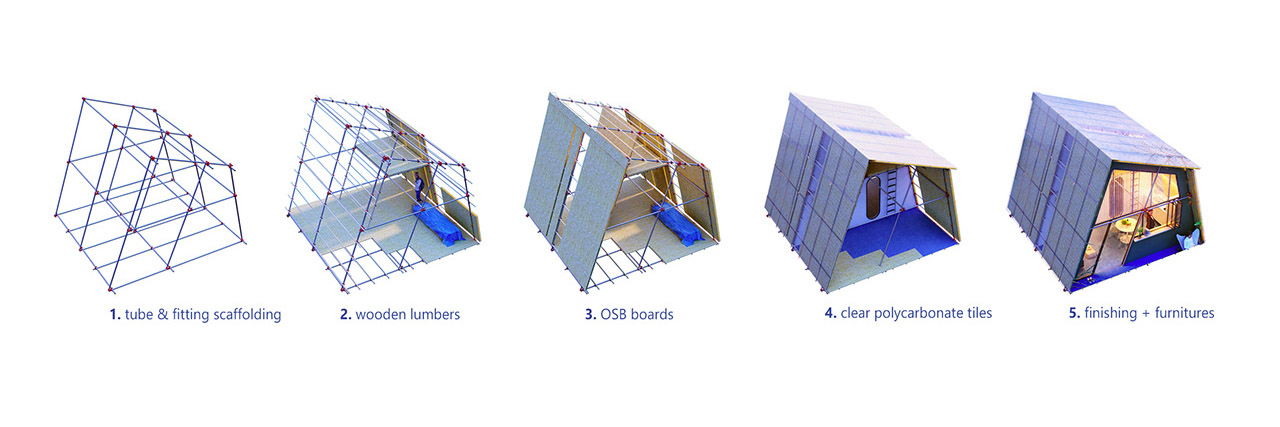
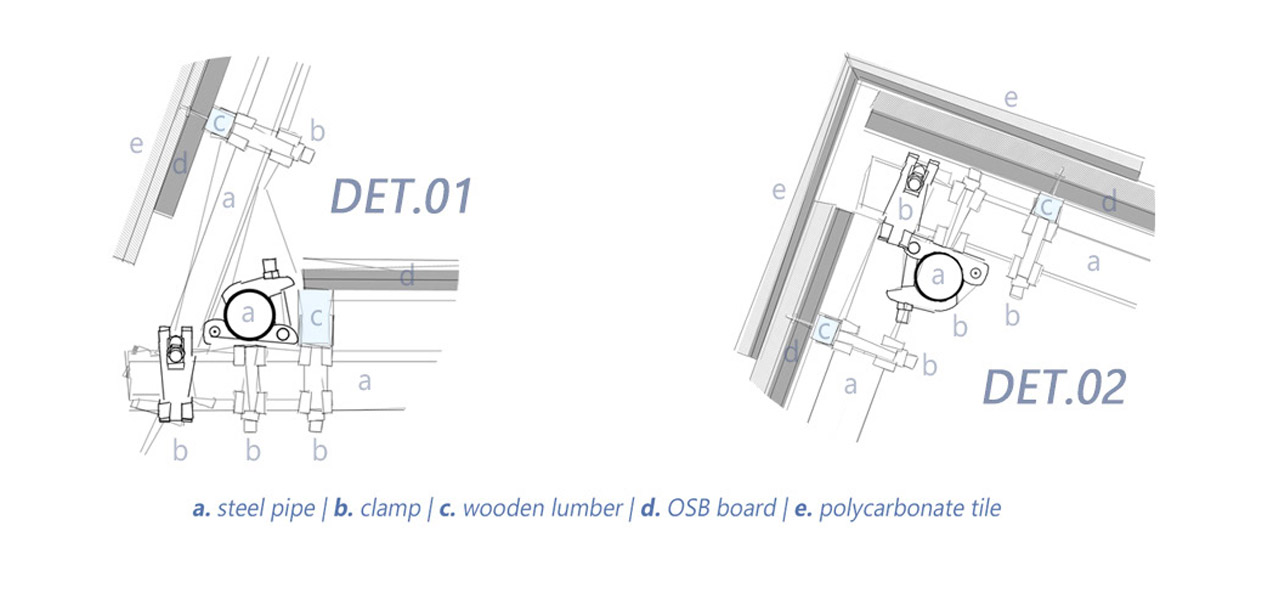
The post This affordable DIY housing unit transforms urban parking lots into micro home villages first appeared on Yanko Design.
